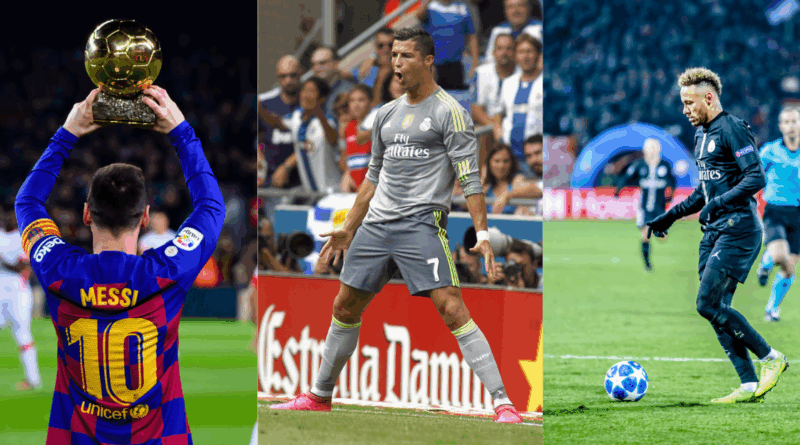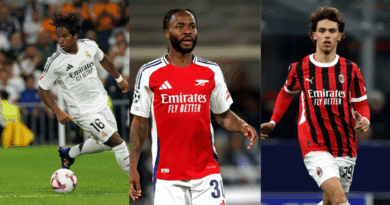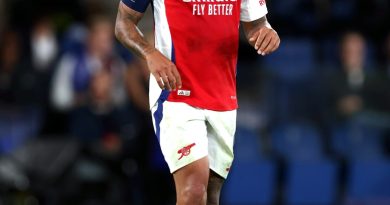The 100 Best Football Transfers of the 21st Century – Ranked
In the modern football era, player transfers have transformed the landscape of the game. While some have broken financial records, others have proved that impact and legacy often outweigh price tags. This list explores the 100 best transfers since 2000, starting from the most overlooked deals and ending with the most iconic signings in football history.
100. Andrés Iniesta – Barcelona to Vissel Kobe (2018)

While past his prime, Iniesta’s move brought global attention to the J-League and boosted Vissel Kobe’s commercial value. His presence elevated the professionalism and quality of football in Japan.
99. Javier Mascherano – Liverpool to Barcelona (2010)

A tough-tackling defensive midfielder turned centre-back, Mascherano was crucial to Pep Guardiola’s all-conquering Barcelona side. He offered tactical flexibility and consistent performances during a golden era.
98. Diego Forlán – Villarreal to Atlético Madrid (2007)
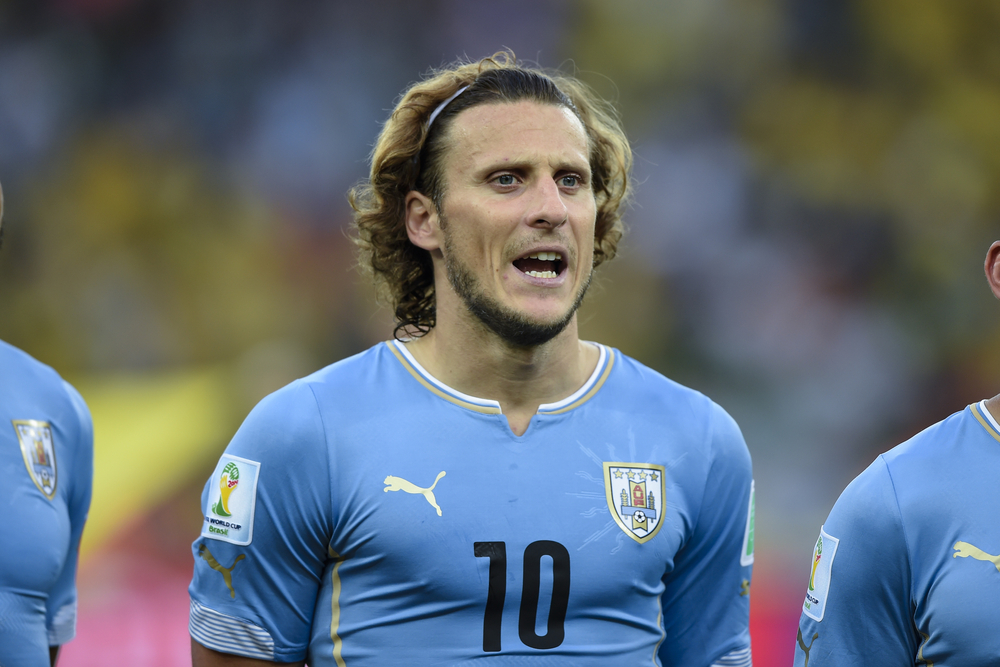
Often underrated, Forlán was a phenomenal signing for Atleti, winning the Pichichi Trophy and helping the club reclaim its competitive stature. His goalscoring prowess made him a fan favourite.
97. Fernando Hierro – Real Madrid to Bolton (2004)
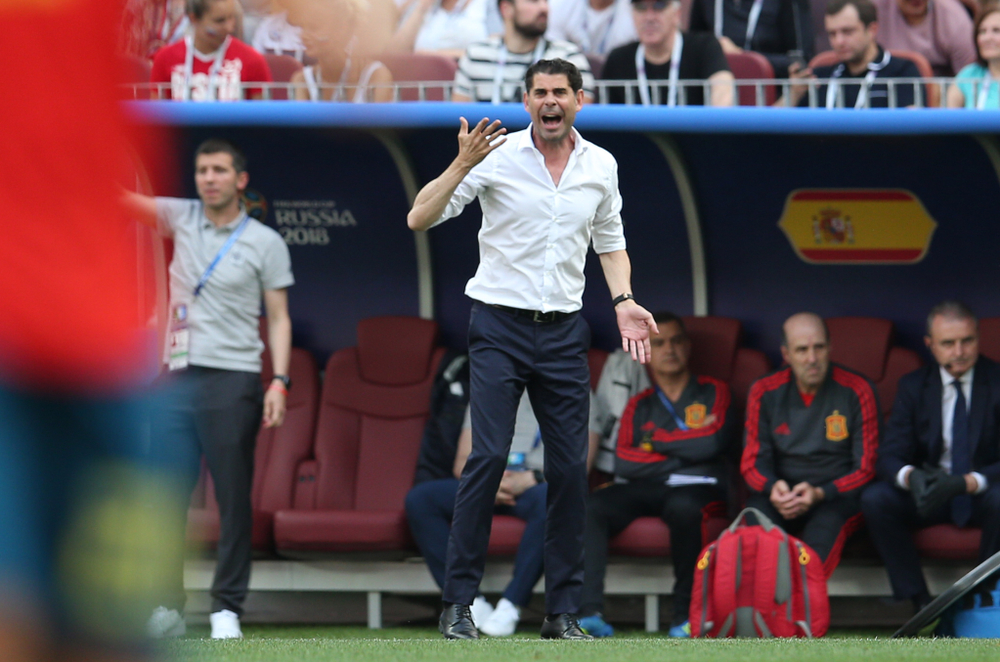
Though short-lived, Hierro’s arrival at Bolton at age 36 was a major coup for the club. He brought leadership, experience, and raised the Premier League club’s international profile.
96. Juan Mata – Valencia to Chelsea (2011)
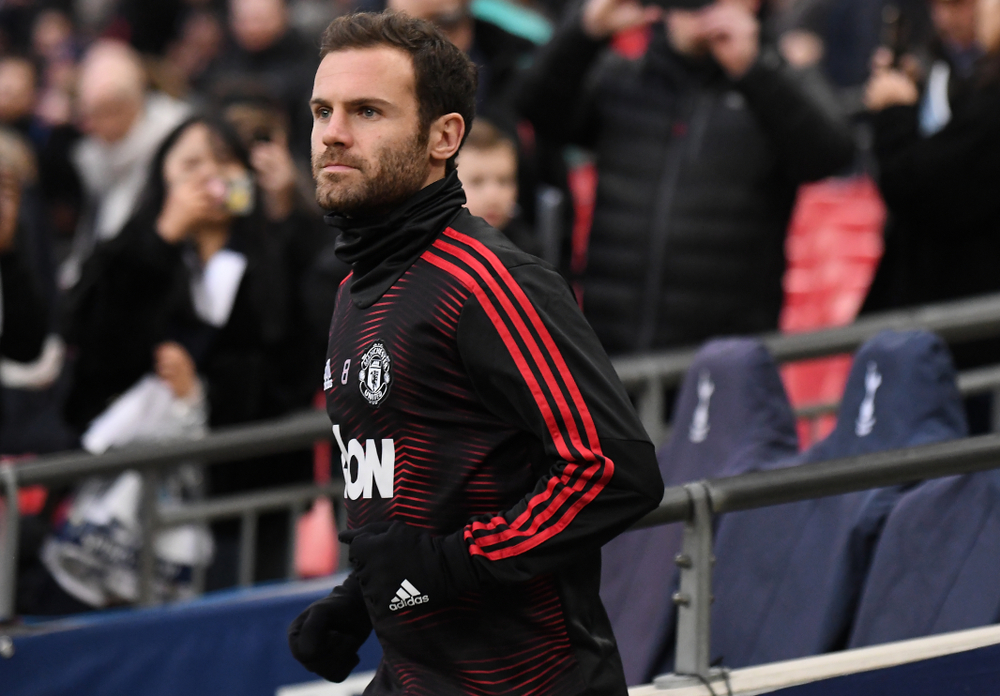
Mata was a creative engine for Chelsea, winning the Champions League and Europa League in back-to-back seasons. His vision and intelligence made him one of the Premier League’s best playmakers.
95. Rivaldo – Barcelona to AC Milan (2002)
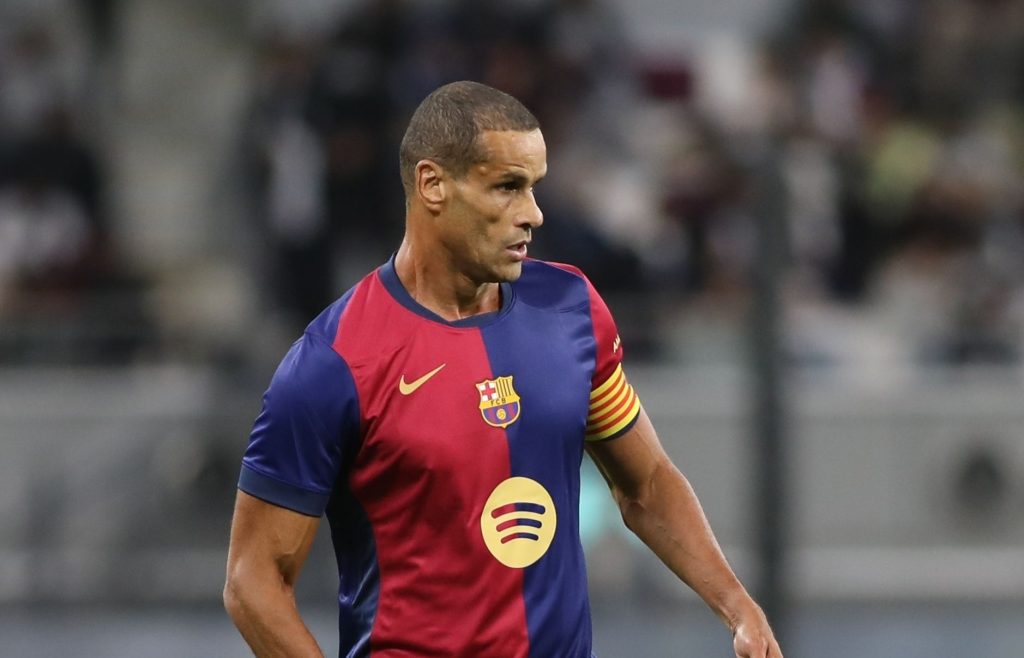
Though not as influential as his Barça years, Rivaldo’s transfer to Milan showed how even aging stars could impact Serie A. He contributed to the club’s depth and technical quality during a transitional period.
94. Ashley Young – Aston Villa to Manchester United (2011)
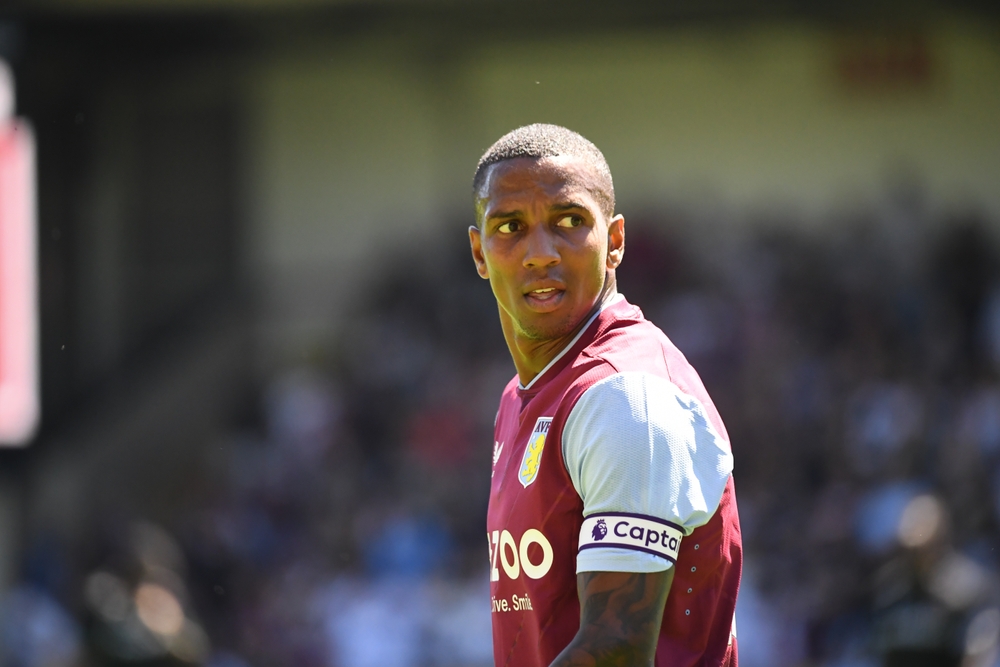
Initially a winger, Young’s versatility allowed him to evolve into a full-back and serve United in various roles. He was part of the last team to win the Premier League under Sir Alex Ferguson.
93. Philipp Lahm – Stuttgart (loan) to Bayern Munich return (2005)

After developing on loan, Lahm returned to Bayern to become one of the greatest full-backs of all time. His tactical intelligence and leadership were central to Bayern and Germany’s success.
92. Jari Litmanen – Ajax to Liverpool (2001)
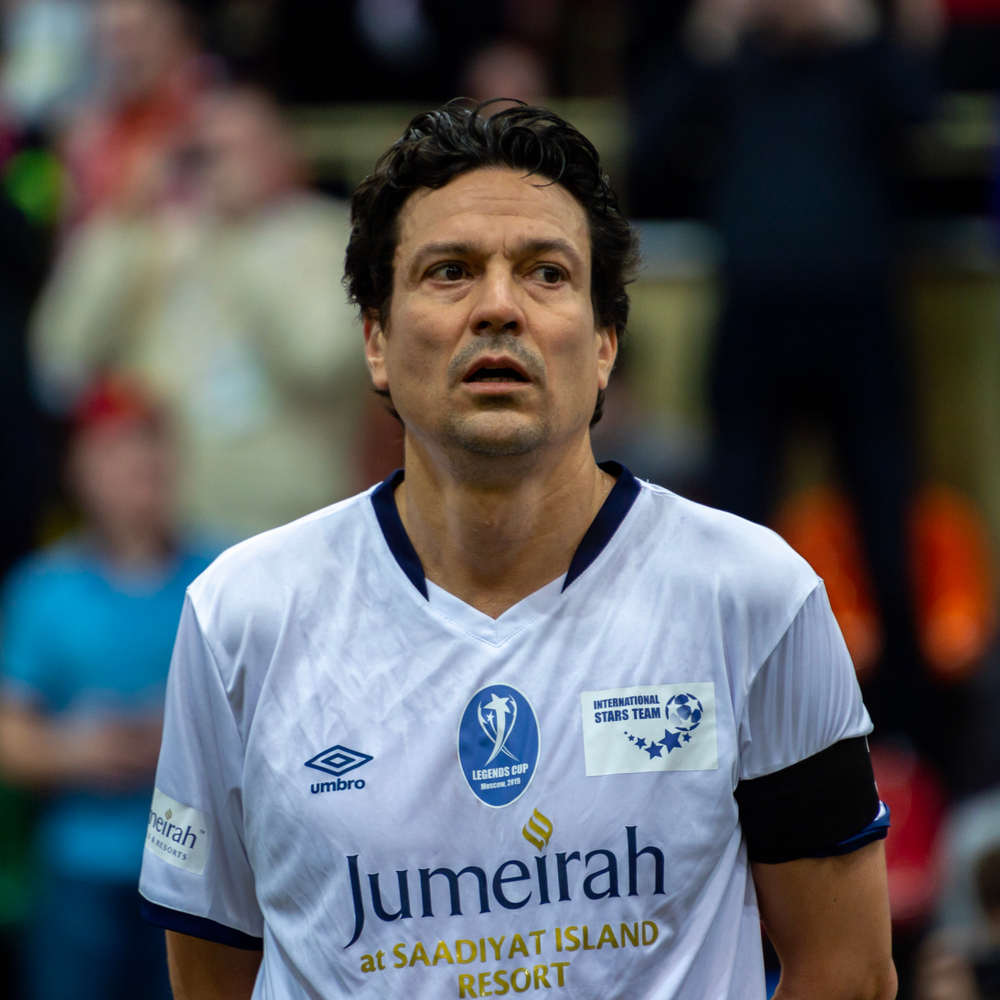
Though injury-plagued, Litmanen’s transfer was a statement by Liverpool. His experience and skillset provided brief but valuable moments during a rebuilding phase for the club.
91. David Luiz – Chelsea to Paris Saint-Germain (2014)
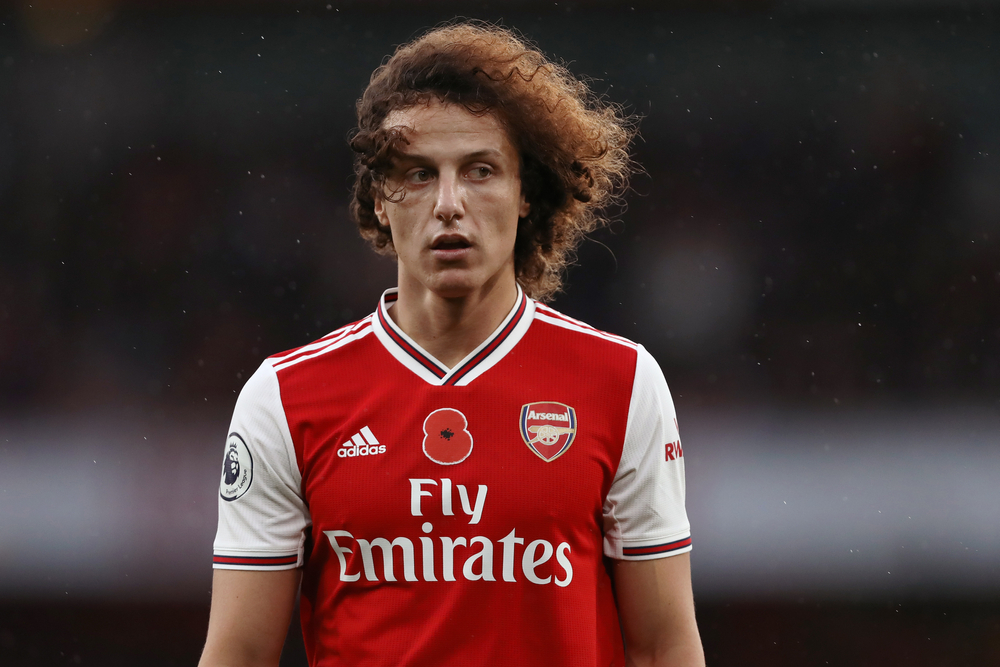
The £50m fee raised eyebrows, but Luiz offered flair, passing range, and leadership to PSG’s defense. His role was instrumental in the club’s domestic dominance and European competitiveness.
90. Luka Modrić – Dinamo Zagreb to Tottenham (2008)

Modrić’s move to the Premier League laid the foundation for his rise to global prominence. Though Spurs didn’t win silverware during his stay, his performances earned him a move to Real Madrid and elite status.
89. Gabriel Batistuta – Fiorentina to Roma (2000)
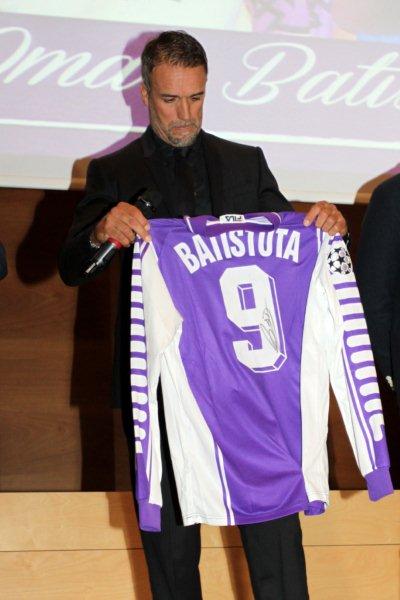
Batistuta’s big-money move helped Roma win the 2000–01 Serie A title, their first in 18 years. His leadership and goal-scoring instinct made him an icon for the capital club.
88. Edwin van der Sar – Fulham to Manchester United (2005)

United finally found a true successor to Peter Schmeichel in Van der Sar. His calm presence and consistency were key in four Premier League titles and the 2008 Champions League triumph.
87. Claude Makélélé – Real Madrid to Chelsea (2003)
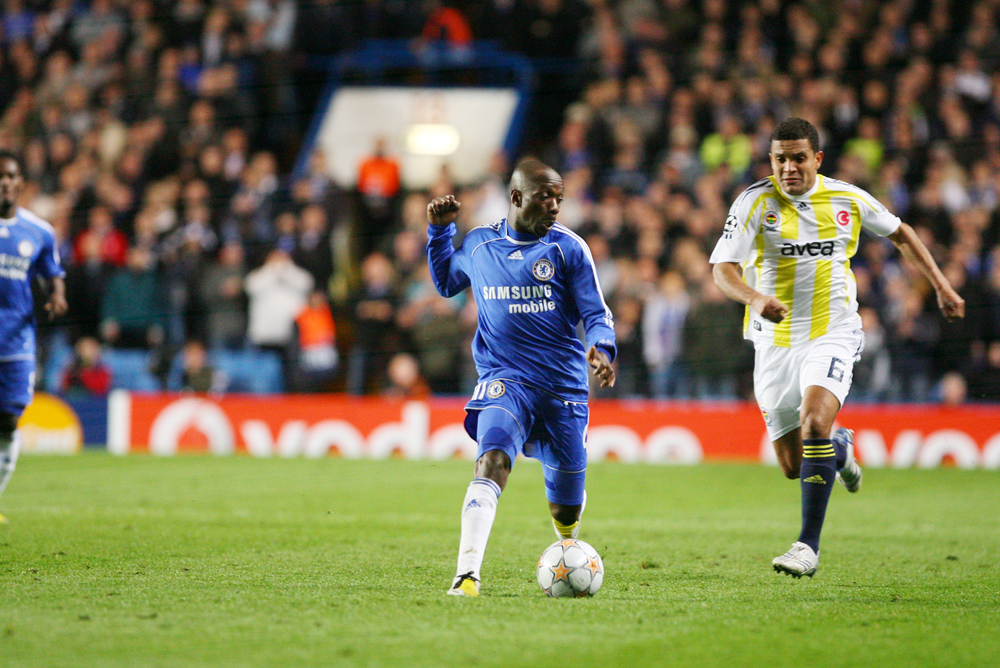
Makélélé’s arrival revolutionized English football’s understanding of the holding midfield role. His influence was so profound that the position was named after him.
86. Antoine Griezmann – Real Sociedad to Atlético Madrid (2014)

Griezmann developed into a world-class forward under Diego Simeone, helping Atlético reach a Champions League final and win the Europa League. His flair and work rate embodied the club’s ethos.
85. Toni Kroos – Bayern Munich to Real Madrid (2014)

Kroos has been one of the most consistent midfielders in Europe since his move. He formed a historic trio with Modrić and Casemiro, central to Real’s dominance in the Champions League.
84. Alexis Sánchez – Udinese to Barcelona (2011)
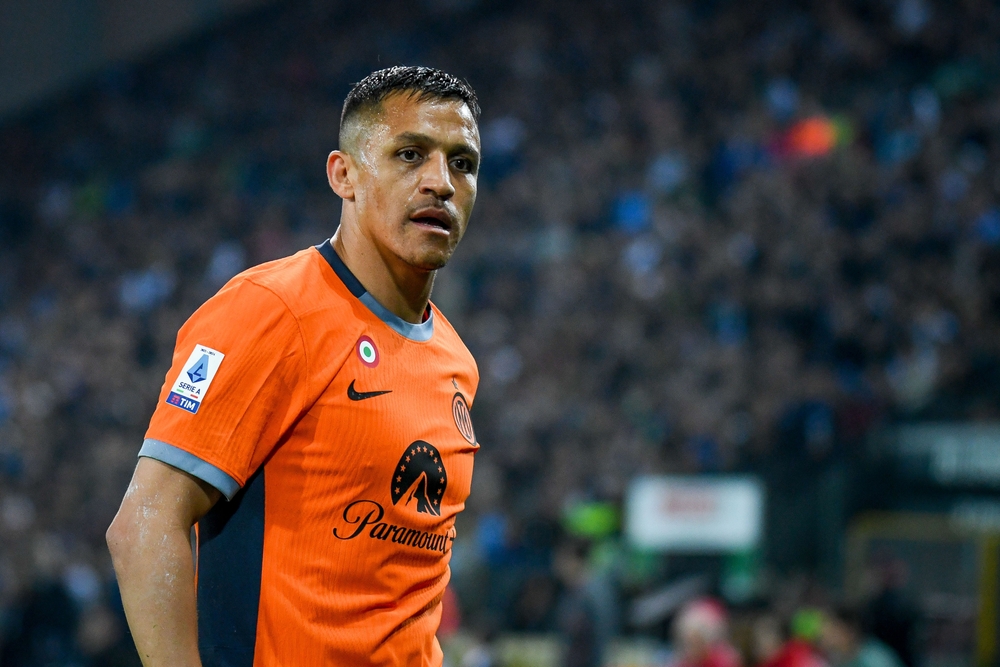
Though often overlooked, Sánchez was a dynamic presence at Barcelona, contributing in a transitional era. He later became a standout star in the Premier League.
83. Sami Khedira – Stuttgart to Real Madrid (2010)
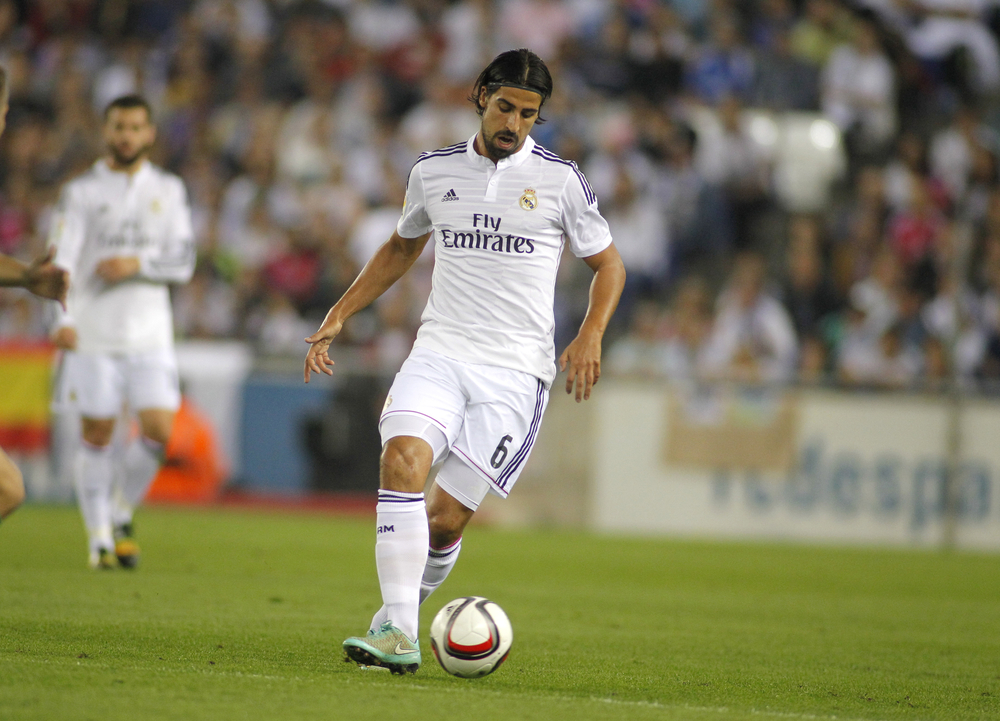
Khedira added balance and athleticism to Mourinho’s midfield, contributing to a La Liga title and the 2014 Champions League. He was also part of Germany’s World Cup-winning squad during this period.
82. Keylor Navas – Levante to Real Madrid (2014)

After a standout World Cup, Navas joined Madrid and quietly became one of the most reliable goalkeepers in Europe. He was crucial in three consecutive Champions League wins.
81. Dani Alves – Sevilla to Barcelona (2008)
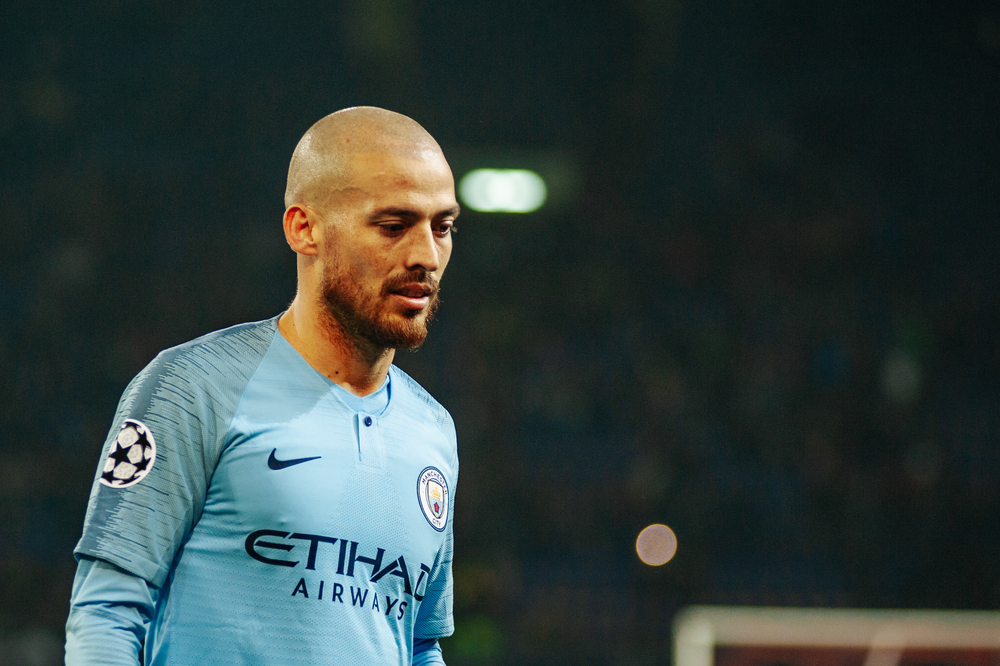
Alves became one of the most decorated footballers in history after joining Barça. His attacking flair and chemistry with Messi defined the right flank during Guardiola’s golden era.
80. Patrice Evra – Monaco to Manchester United (2006)
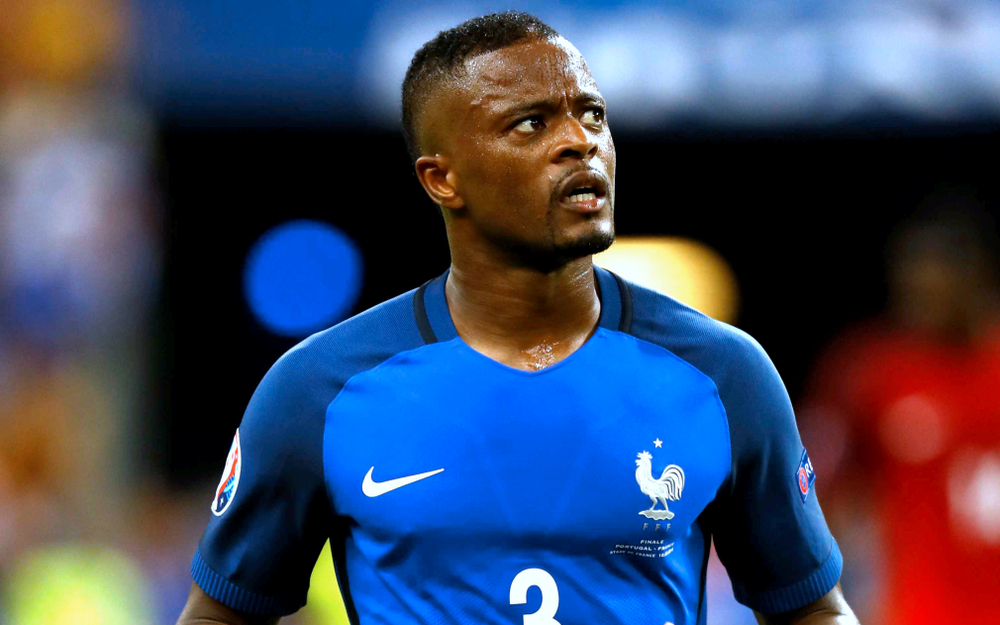
Evra developed into one of the best left-backs in the world under Sir Alex Ferguson. His energy, mentality, and leadership helped United win five Premier League titles and the Champions League.
79. Ivan Rakitić – Sevilla to Barcelona (2014)

Rakitić quickly became a key part of Luis Enrique’s treble-winning midfield, blending creativity with discipline. His performances allowed the team to transition from the Xavi era without losing control.
78. Dimitar Berbatov – Tottenham to Manchester United (2008)
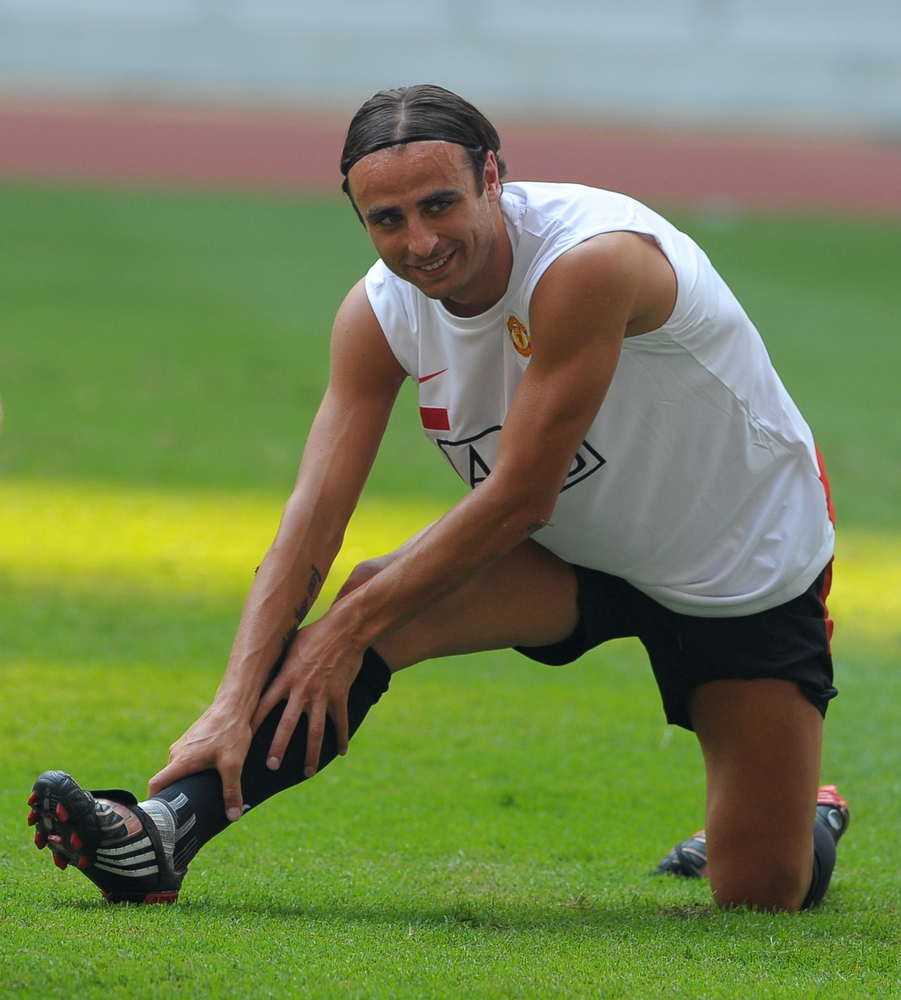
Berbatov’s elegance and technical skill added flair to United’s attack. He was the Premier League’s top scorer in 2010–11 and a vital figure in their domestic dominance.
77. Carlos Tévez – Corinthians to West Ham (2006)
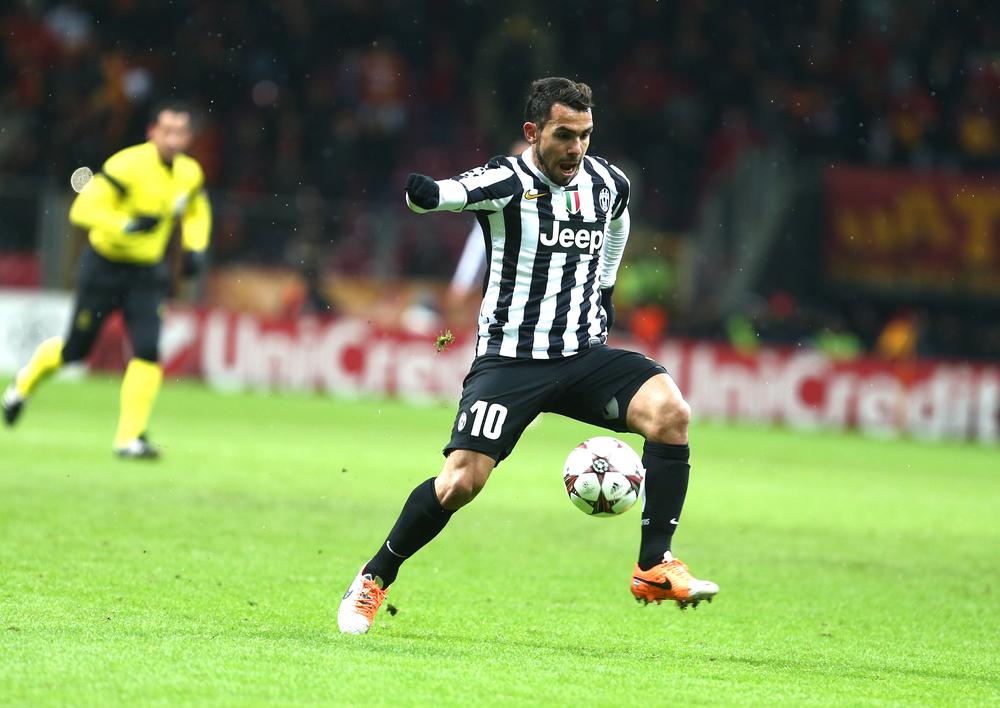
One of the most dramatic transfers in Premier League history, Tévez saved West Ham from relegation. He later won titles with both Manchester United and Manchester City, becoming a cult hero.
76. Edin Džeko – Wolfsburg to Manchester City (2011)
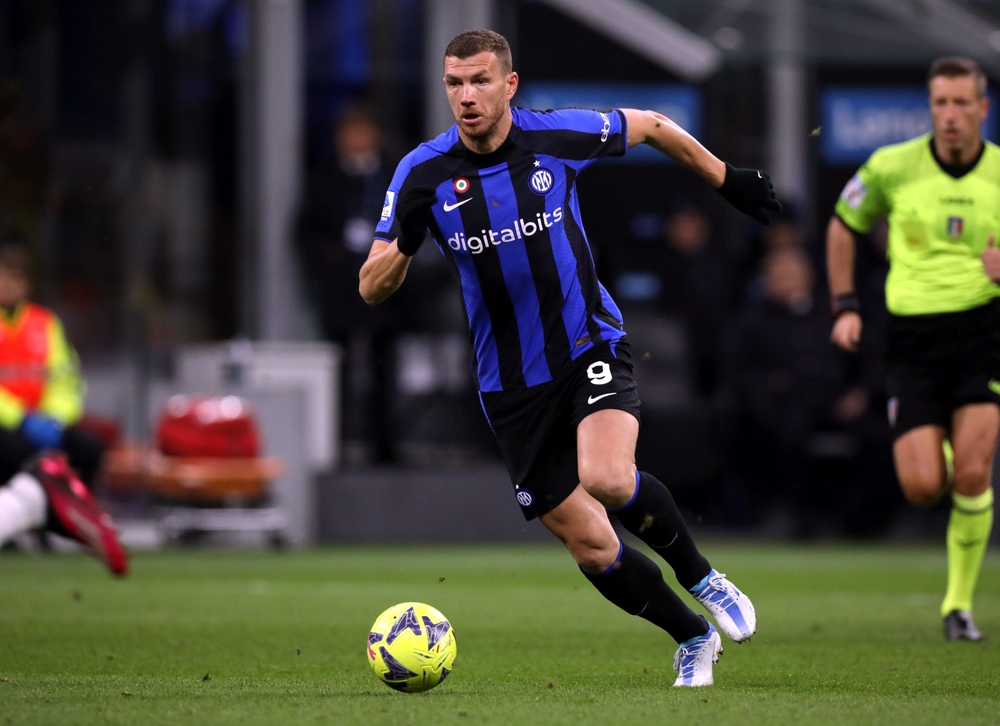
Džeko scored crucial goals during City’s rise, including the dramatic 2011–12 title-winning campaign. A consistent performer, he often delivered when the stakes were highest.
75. Michael Ballack – Bayern Munich to Chelsea (2006)
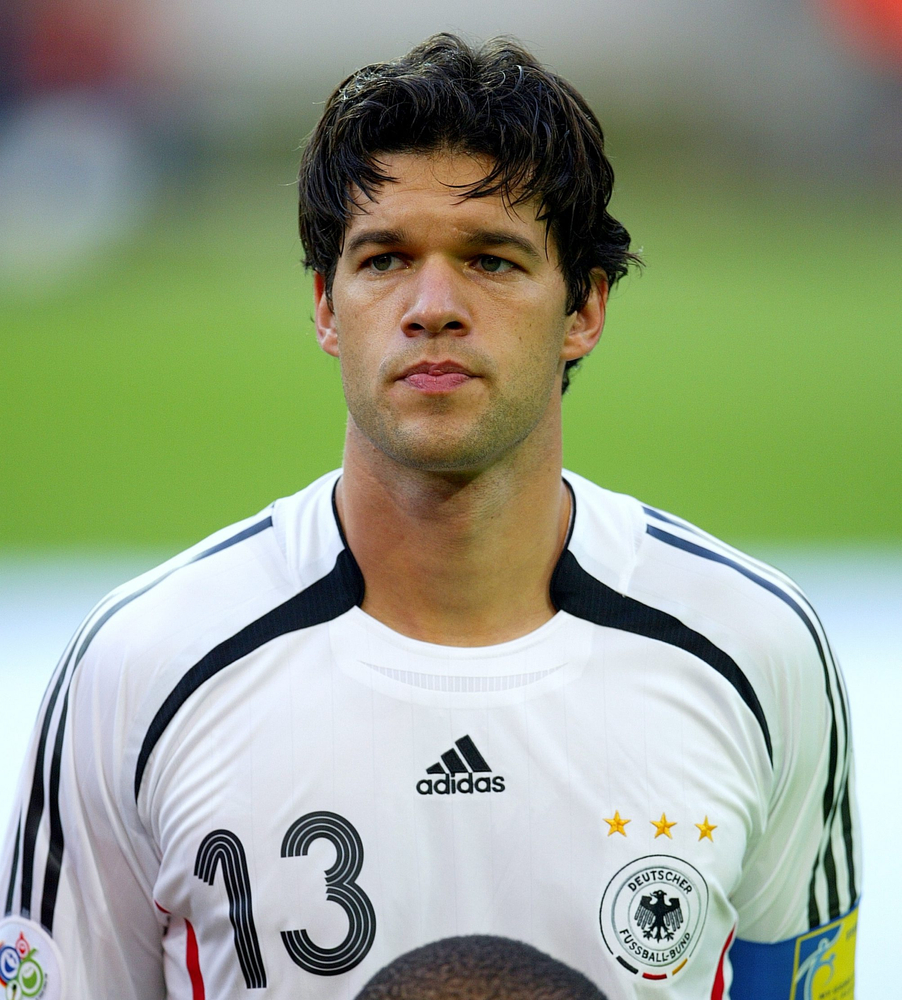
Ballack brought power, intelligence, and experience to Chelsea’s midfield. He played a key role in a period of domestic success and reached a Champions League final in 2008.
74. Luka Jović – Eintracht Frankfurt to Real Madrid (2019)
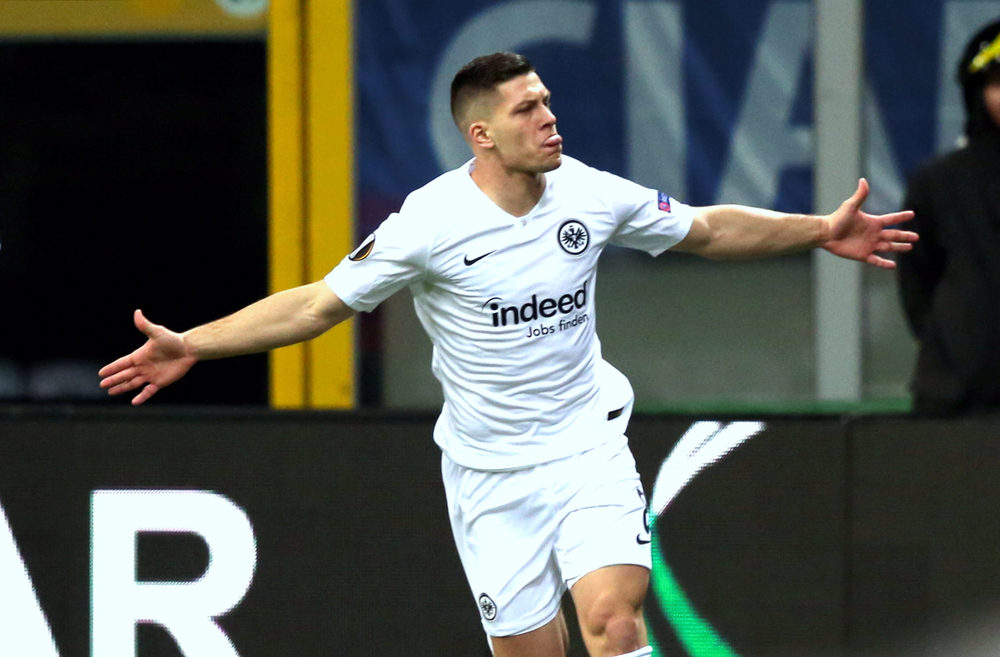
Though his stint at Madrid was underwhelming, Jović’s transfer represented a rising trend of betting on young breakout stars. His case became a cautionary tale about fitting systems over raw potential.
73. Henrikh Mkhitaryan – Borussia Dortmund to Manchester United (2016)
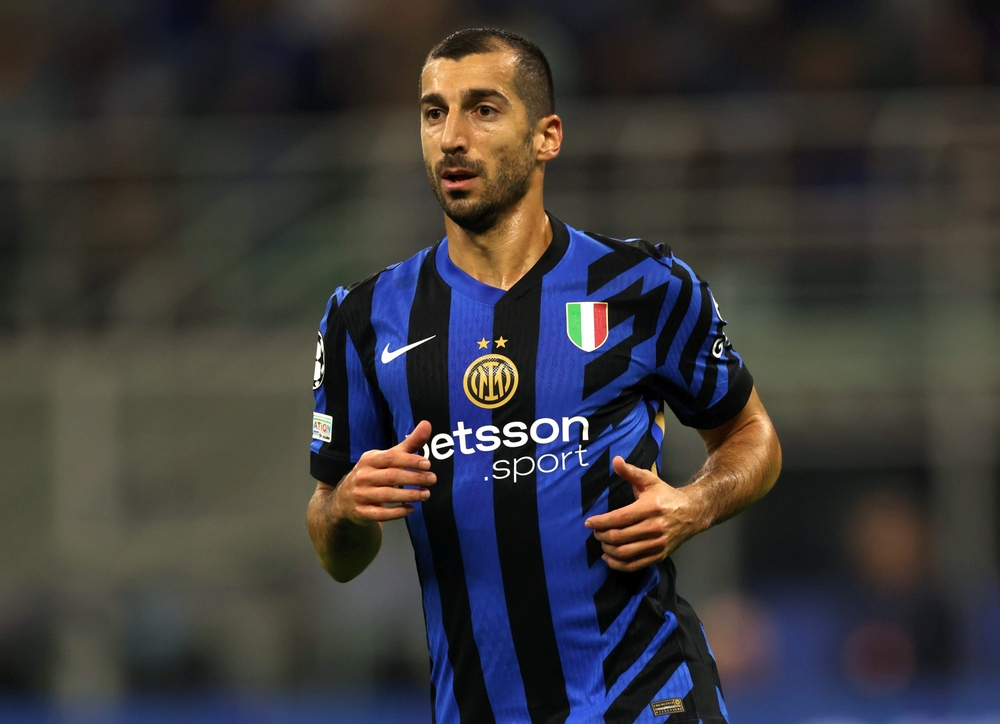
Mkhitaryan never fully hit top form at Old Trafford, but his transfer was part of a high-profile swap deal for Alexis Sánchez. His moments of brilliance were sporadic but memorable.
72. Wesley Sneijder – Real Madrid to Inter Milan (2009)
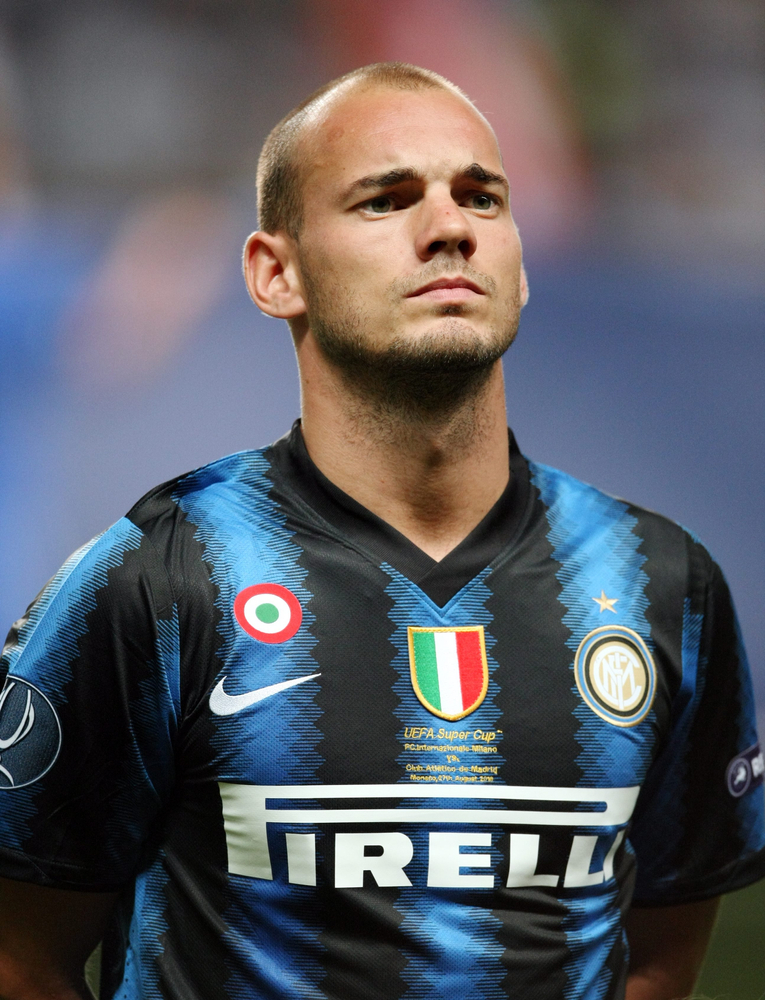
Sneijder became the creative heartbeat of Inter’s treble-winning side under José Mourinho. He narrowly missed out on the Ballon d’Or and was a defining player of the 2009–10 season.
71. João Cancelo – Juventus to Manchester City (2019)

Cancelo’s tactical flexibility turned him into a key weapon for Pep Guardiola, reinventing the role of a full-back. He was crucial in multiple title-winning campaigns before departing on loan.
70. Thomas Müller – Bayern Munich youth to first team (2008)

Though not a traditional transfer, Müller’s promotion from the youth ranks to the senior team revolutionized Bayern’s attack. His unique role as a “Raumdeuter” helped the club to multiple league titles and Champions League success.
69. Petr Čech – Rennes to Chelsea (2004)

Čech was a defensive cornerstone during José Mourinho’s early Chelsea reign. With unmatched shot-stopping and consistency, he became a club legend and helped the team to their first-ever Premier League title.
68. Zlatan Ibrahimović – Inter Milan to Barcelona (2009)
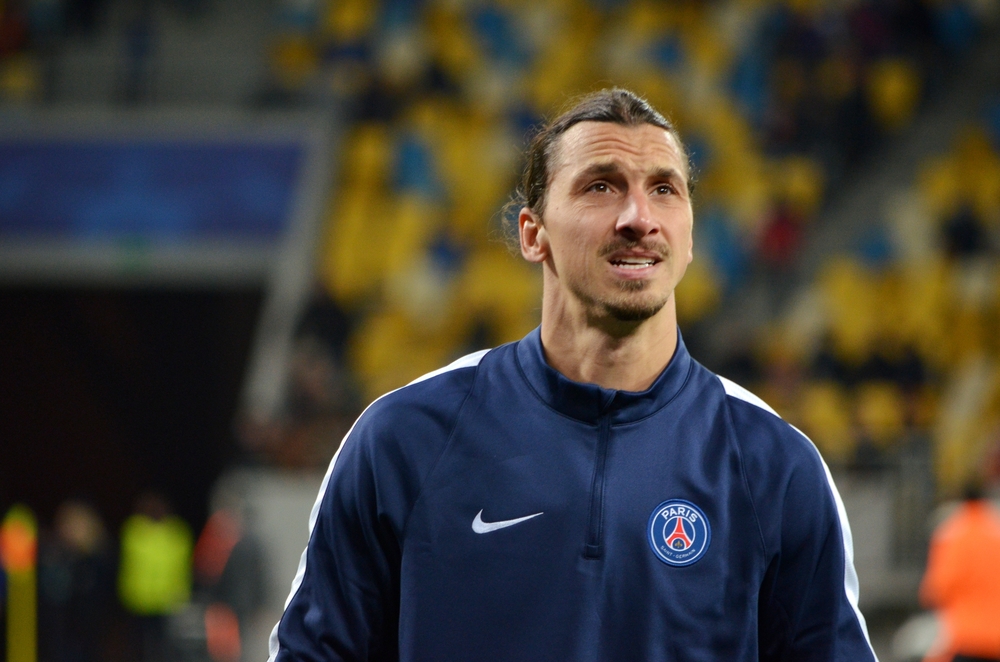
Though the stint was short and fraught with tension, the transfer reshaped two elite squads. Zlatan’s impact in subsequent moves reaffirmed his place as one of the most influential strikers of his generation.
67. Angel Di María – Real Madrid to Manchester United (2014)
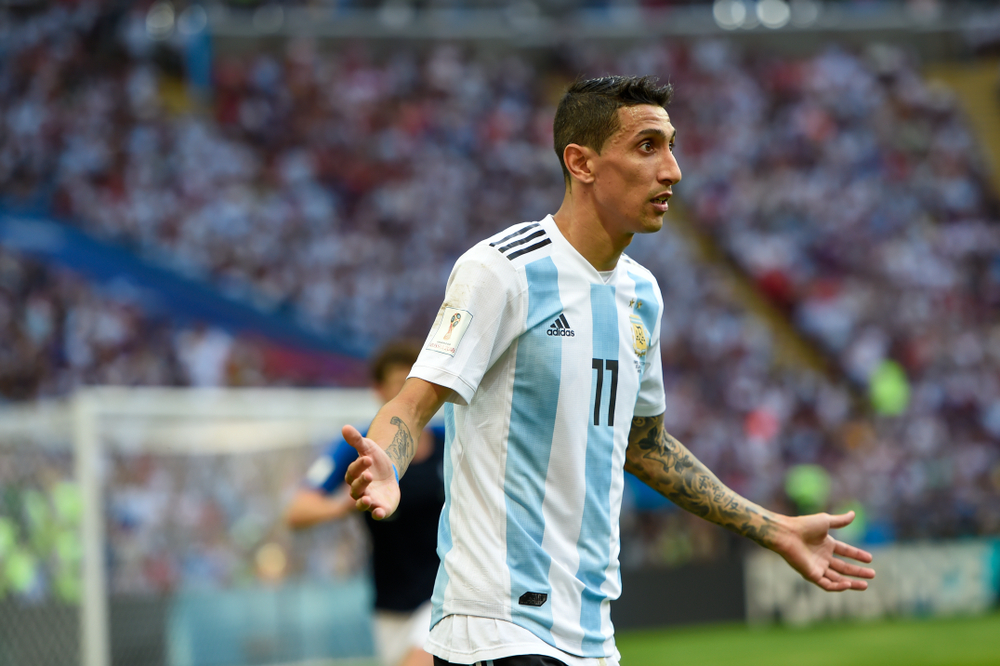
The move was high-profile but failed to live up to expectations. Despite a fast start, Di María struggled under Louis van Gaal, but the transfer remains notable for its fee and drama.
66. Vincent Kompany – Hamburg to Manchester City (2008)
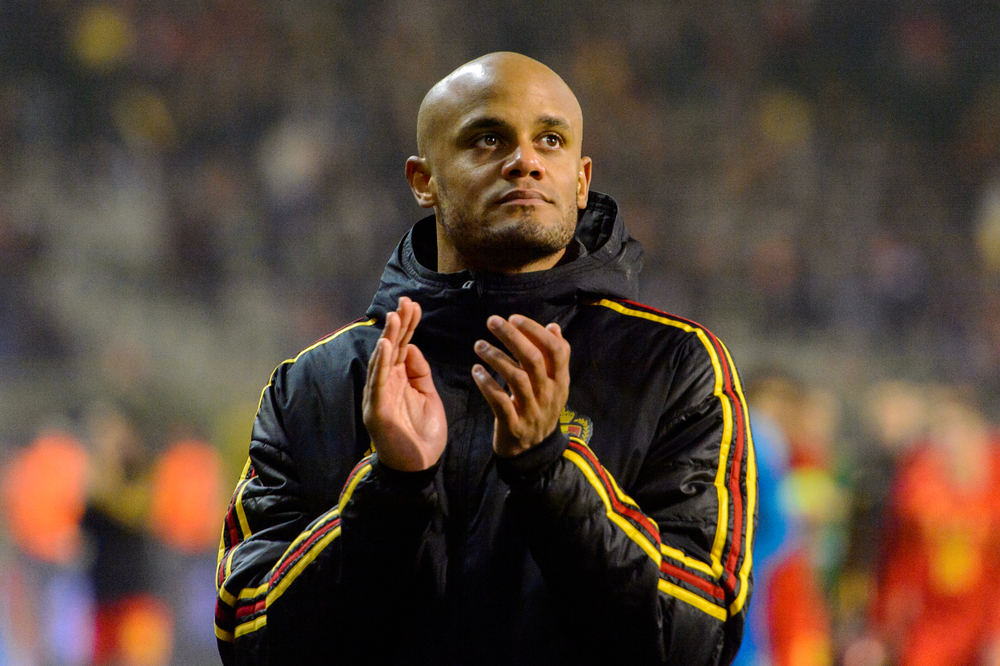
Kompany became a symbol of City’s transformation, leading them through their most successful era. His leadership, defensive resilience, and title-winning goal against Leicester in 2019 are iconic.
65. Claude Makélélé – Celta Vigo to Real Madrid (2000)
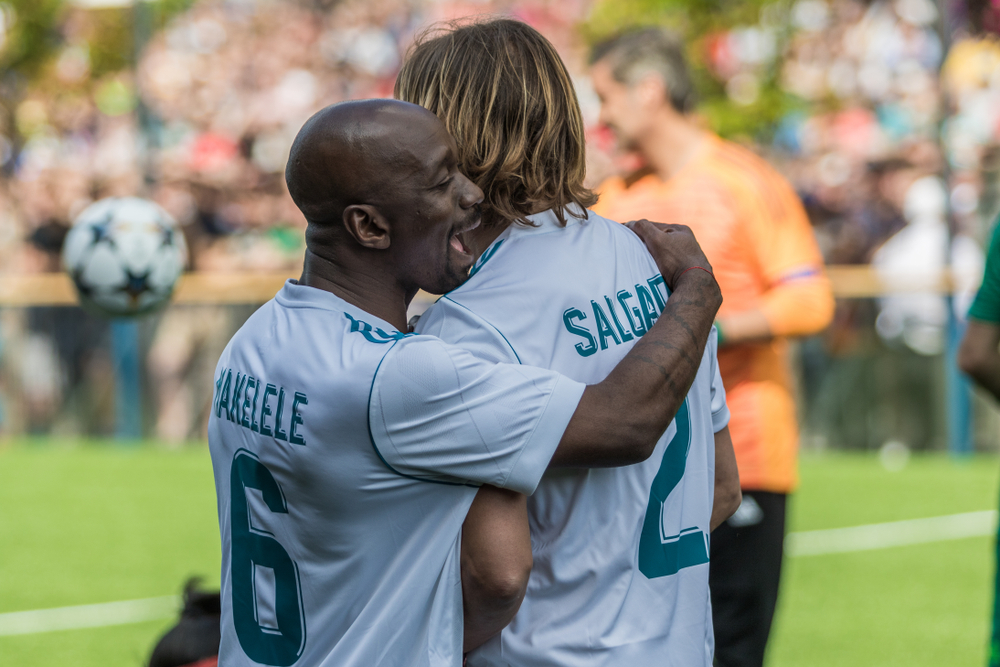
Before joining Chelsea, Makélélé laid the groundwork for his legendary status at Real Madrid. His defensive acumen provided balance to a Galáctico-laden midfield and earned universal respect.
64. Dani Carvajal – Bayer Leverkusen to Real Madrid (2013)

After a season in Germany, Carvajal returned and became one of the best right-backs in the world. A vital figure in Madrid’s European dynasty, he combined defensive grit with attacking intent.
63. Thiago Silva – AC Milan to Paris Saint-Germain (2012)
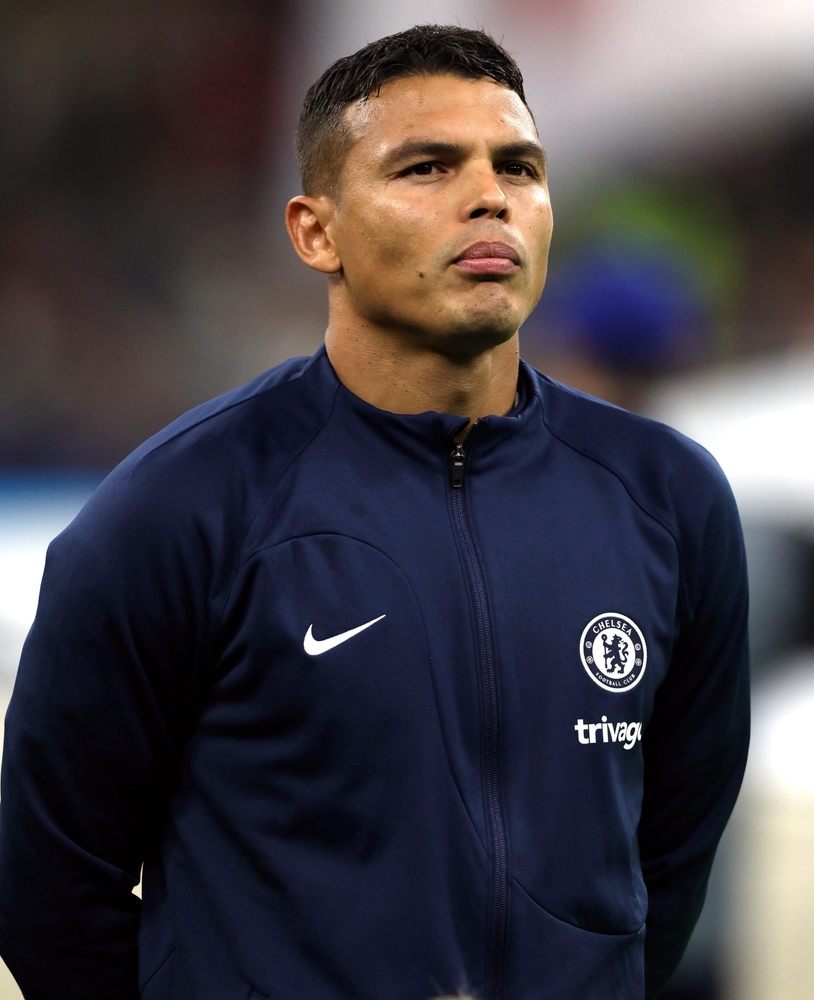
Silva captained PSG through a new era of ambition and dominance. His calm presence and world-class defending anchored the team during a pivotal transition to global elite status.
62. Mesut Özil – Werder Bremen to Real Madrid (2010)
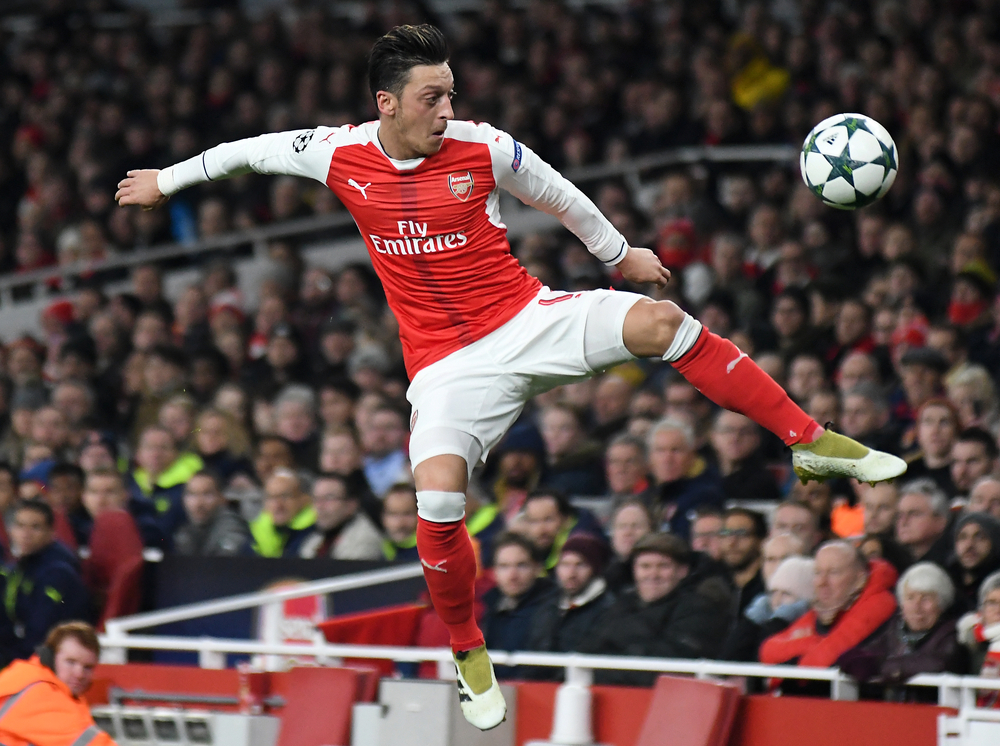
Özil’s vision and creativity defined Real’s attacking play during his tenure. He became a fan favourite and one of the best assist-makers of the era before moving on to Arsenal.
61. Marcelo – Fluminense to Real Madrid (2007)

Marcelo blossomed into the best attacking left-back of his generation, combining flair, goals, and assists. He was integral to Madrid’s Champions League dominance in the 2010s.
60. David Villa – Valencia to Barcelona (2010)
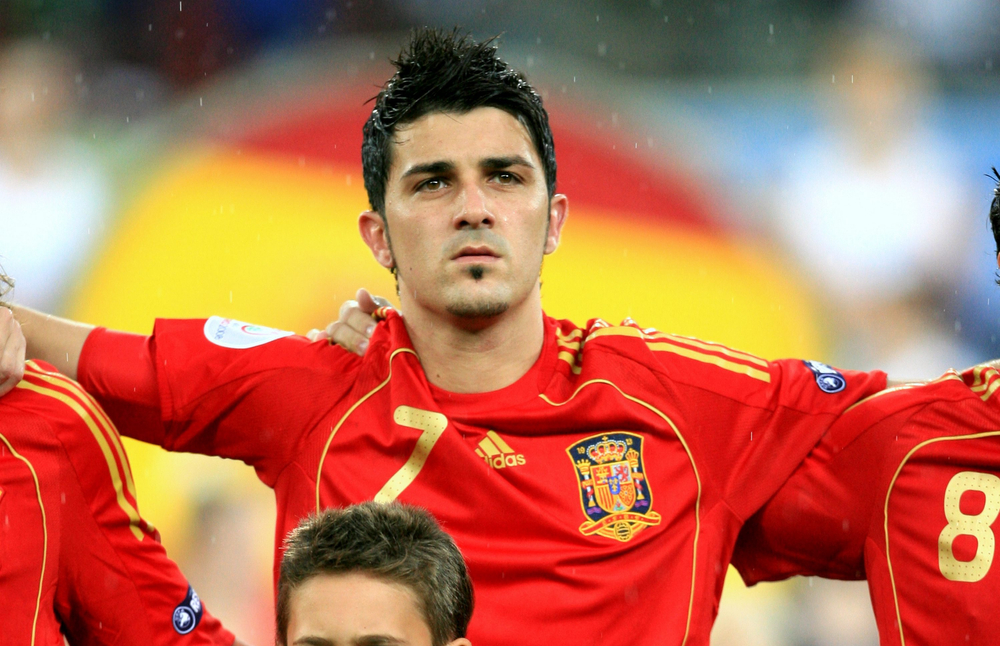
Villa joined at the peak of his powers and immediately fit into Pep Guardiola’s system. He scored in the 2011 Champions League final and played a crucial role in one of the greatest club sides ever assembled.
59. Ashley Cole – Arsenal to Chelsea (2006)
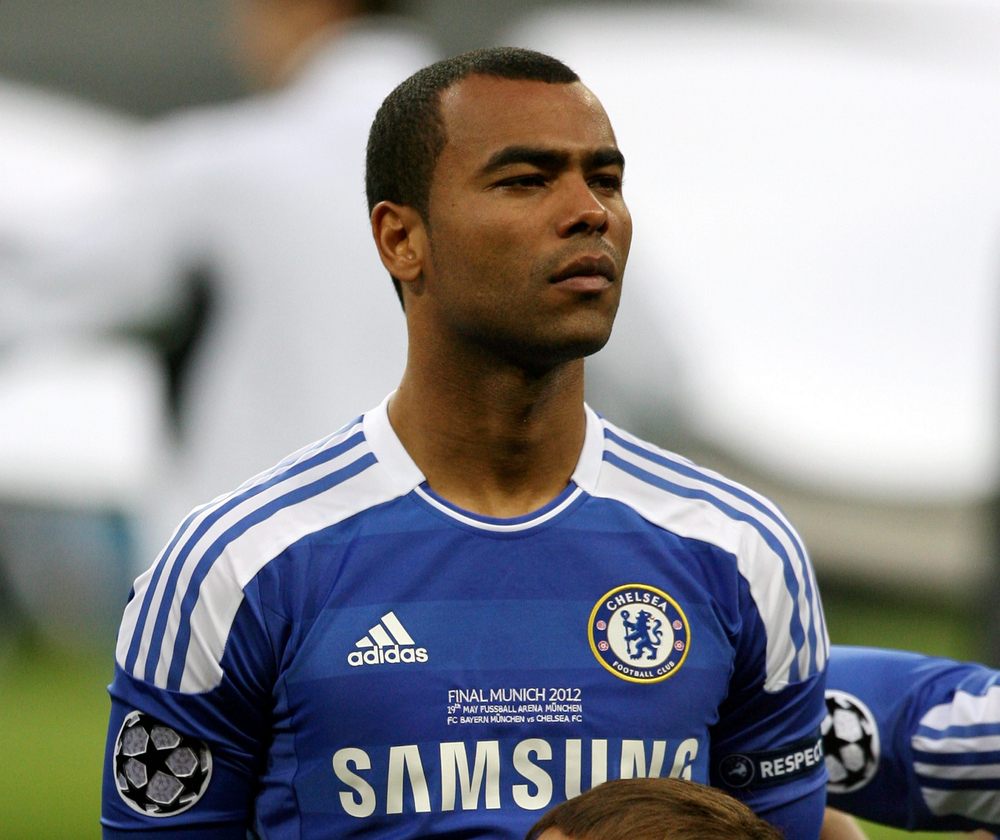
One of the most controversial moves in Premier League history, Cole proved his worth by becoming one of the best left-backs of the 21st century. He was key to Chelsea’s domestic and European success.
58. Cesc Fàbregas – Barcelona to Arsenal (2003)
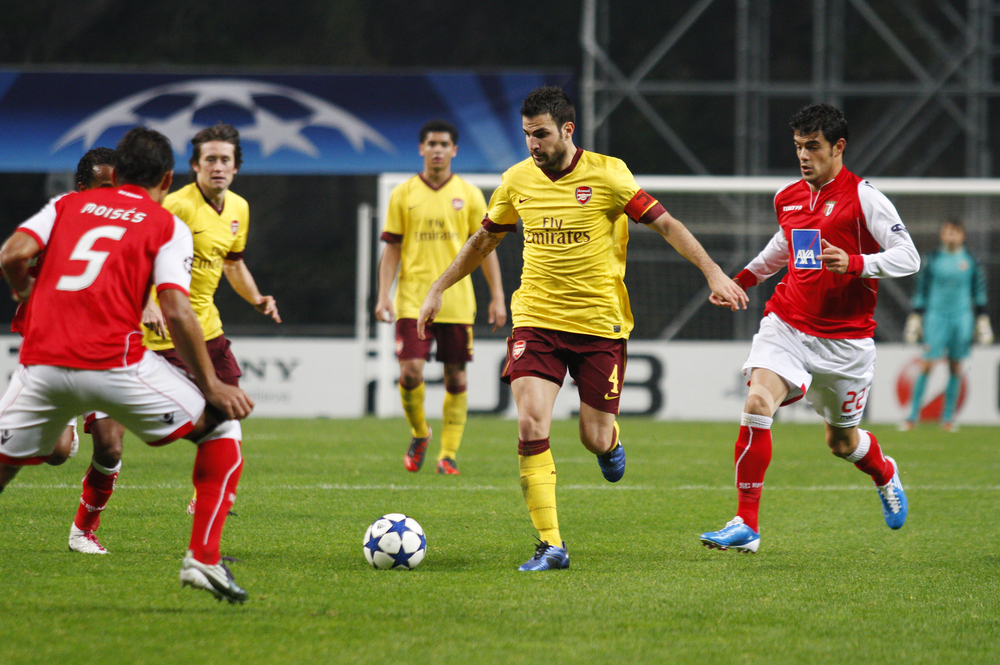
Signed as a teenager, Fàbregas became Arsenal’s youngest-ever captain and their creative linchpin. He led by example during a trophy-dry spell and earned legendary status among fans.
57. Riyad Mahrez – Le Havre to Leicester City (2014)

Mahrez went from unknown winger to Premier League champion and PFA Player of the Year. His dribbling and vision were central to Leicester’s historic 2015–16 title triumph.
56. Gerard Piqué – Manchester United to Barcelona (2008)
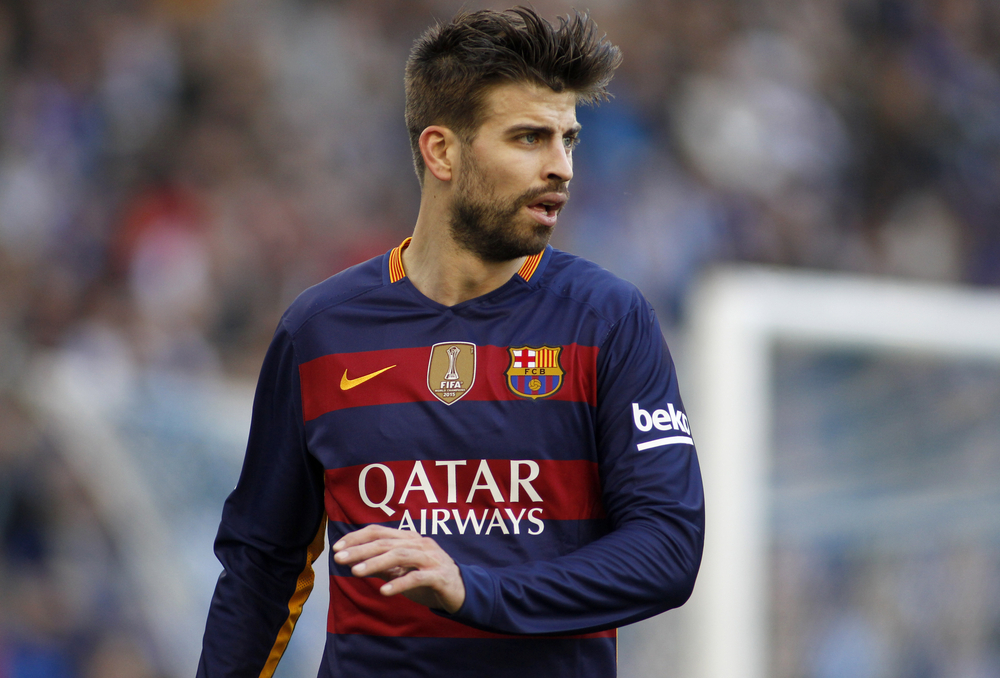
After a short spell in England, Piqué returned to Barça and formed one of the most successful defensive partnerships in club history. He was a pillar in multiple treble-winning sides.
55. Eden Hazard – Lille to Chelsea (2012)
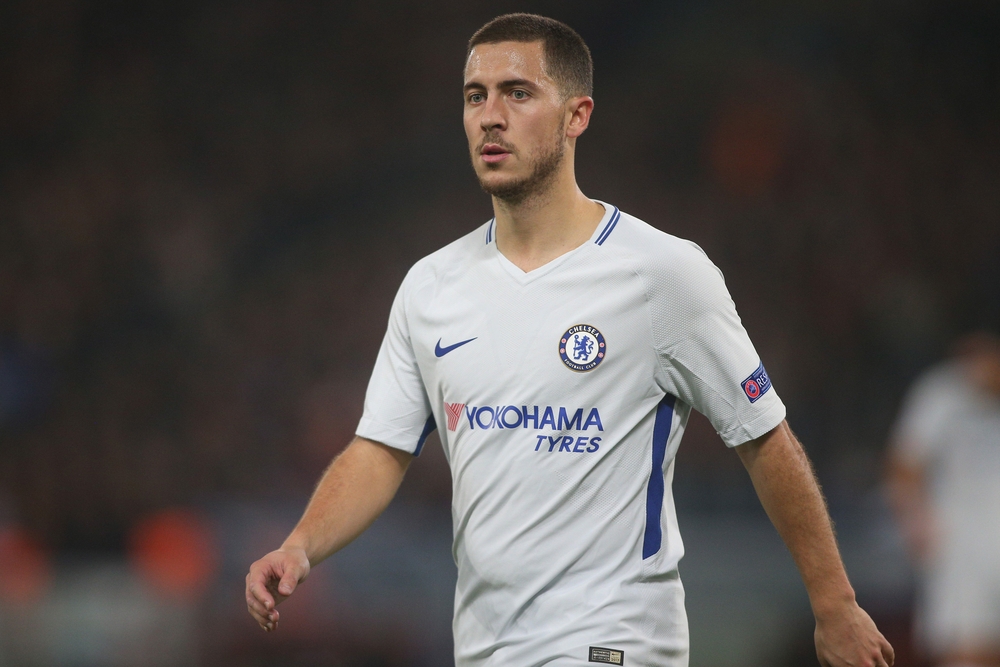
Hazard brought flair, balance, and brilliance to Chelsea for seven years. A two-time Premier League winner and widely regarded as one of the most gifted players of his era, he lit up Stamford Bridge.
54. Javier Zanetti – Banfield to Inter Milan (1995, lasting through the 2000s)
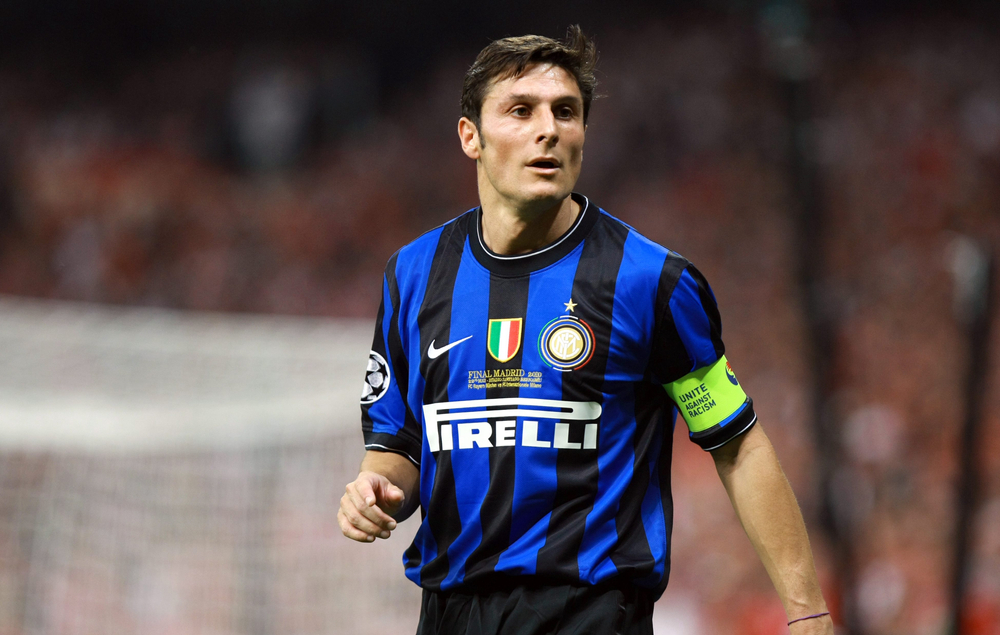
Though the transfer predates the 21st century, Zanetti’s consistency and leadership throughout the 2000s earned him legendary status. He captained Inter to a historic treble in 2010.
53. James Rodríguez – Porto to Monaco (2013)
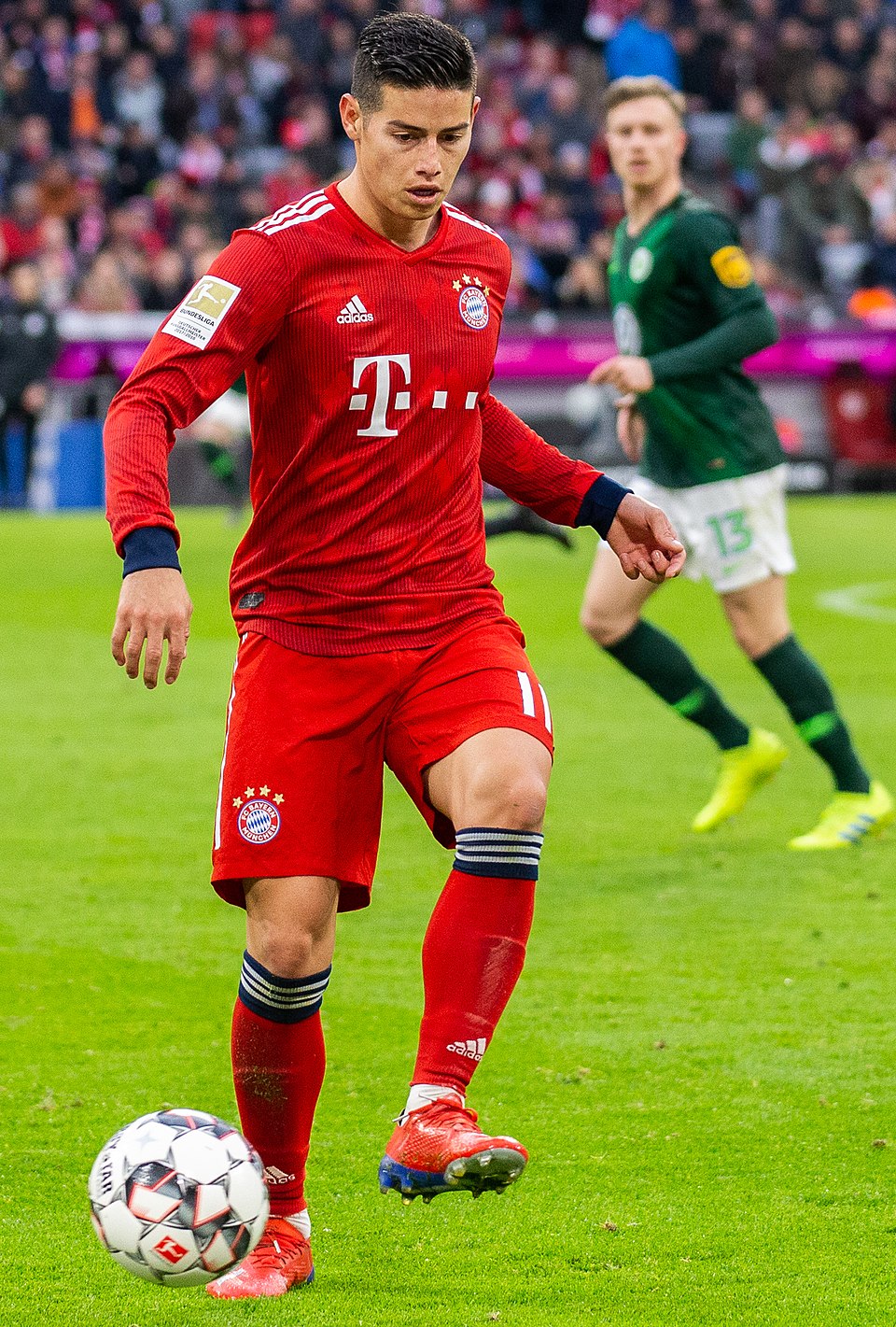
James lit up Ligue 1 with Monaco before starring at the 2014 World Cup. Though his subsequent move to Real Madrid overshadowed this transfer, Monaco benefited from his creativity and resale value.
52. Frank Lampard – West Ham to Chelsea (2001)

Lampard went on to become Chelsea’s all-time top scorer from midfield, winning everything at club level. His intelligence, work rate, and goals made him one of the most complete midfielders of his generation.
51. Didier Drogba – Marseille to Chelsea (2004)
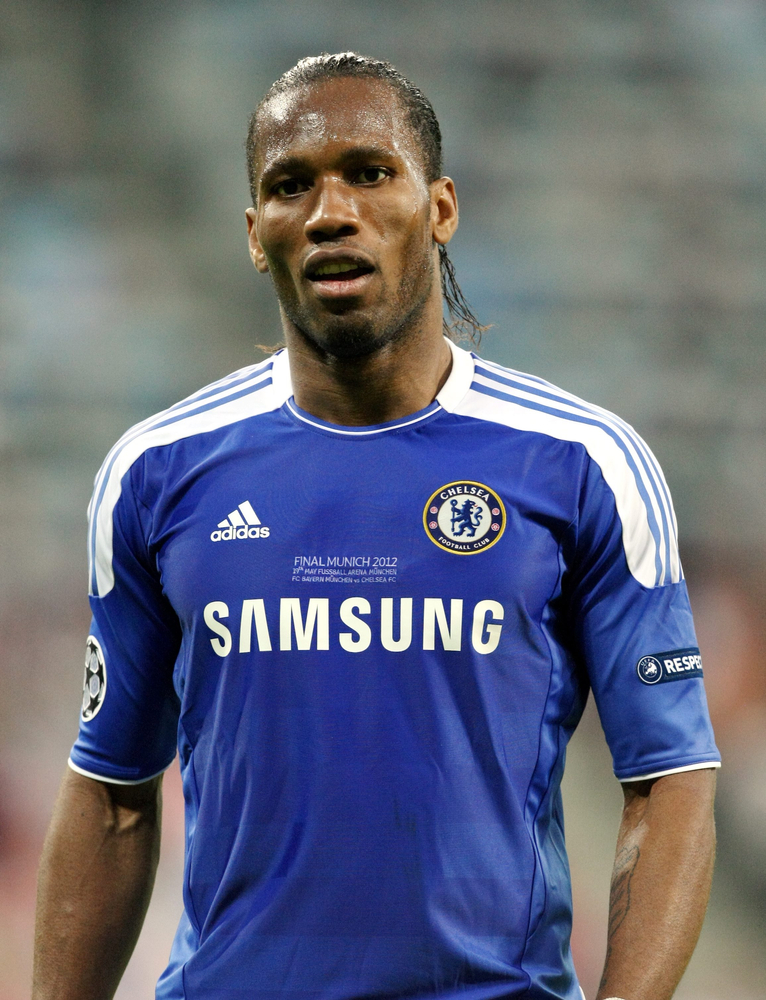
Drogba became the ultimate big-game player, delivering in cup finals and etching his name in Chelsea folklore. His equalizer and winning penalty in the 2012 Champions League final sealed his legacy.
50. Fernandinho – Shakhtar Donetsk to Manchester City (2013)

Fernandinho was a quiet catalyst in Manchester City’s rise to dominance. His tactical intelligence and ability to break up play made him indispensable to Pep Guardiola’s midfield.
49. Carlos Bacca – Sevilla to AC Milan (2015)
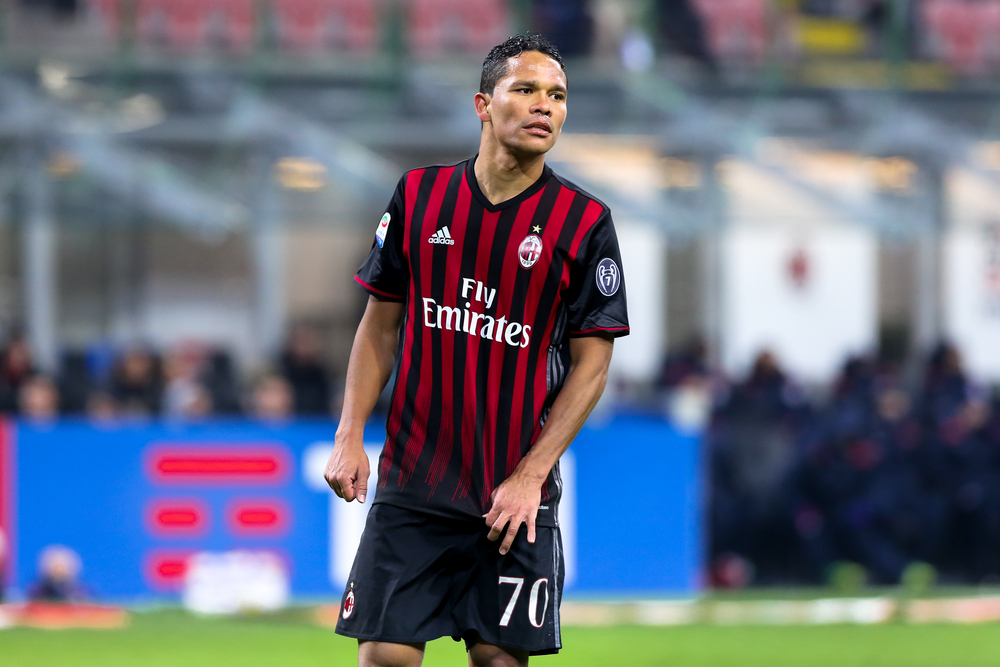
Although Milan were in decline, Bacca delivered consistent goal returns and remained one of the few bright spots. His move was symbolic of Serie A’s attempt to regain relevance.
48. Dele Alli – MK Dons to Tottenham (2015)
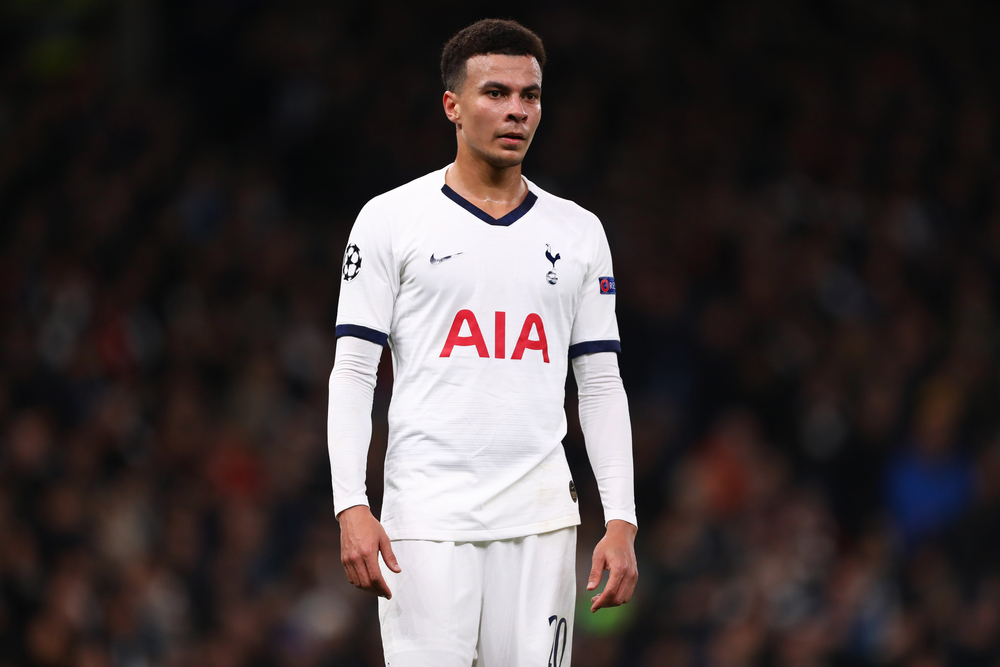
Signed for just £5 million, Alli became a sensation under Mauricio Pochettino. His goalscoring midfield play helped Spurs to multiple top-four finishes and a Champions League final.
47. Jorginho – Napoli to Chelsea (2018)

Brought in as Sarri’s trusted regista, Jorginho grew into a leader at Stamford Bridge. He was crucial in their 2021 Champions League win and a Euro 2020 champion with Italy.
46. Nemanja Vidić – Spartak Moscow to Manchester United (2006)

Vidić formed a rock-solid partnership with Rio Ferdinand, helping United dominate the Premier League. He was known for his bravery, strength, and leadership at the back.
45. Hugo Lloris – Lyon to Tottenham (2012)

Lloris gave Spurs a decade of consistency in goal and served as captain during their rise. He brought calmness and professionalism to a club that evolved into a Champions League regular.
44. Casemiro – São Paulo to Real Madrid (2013)
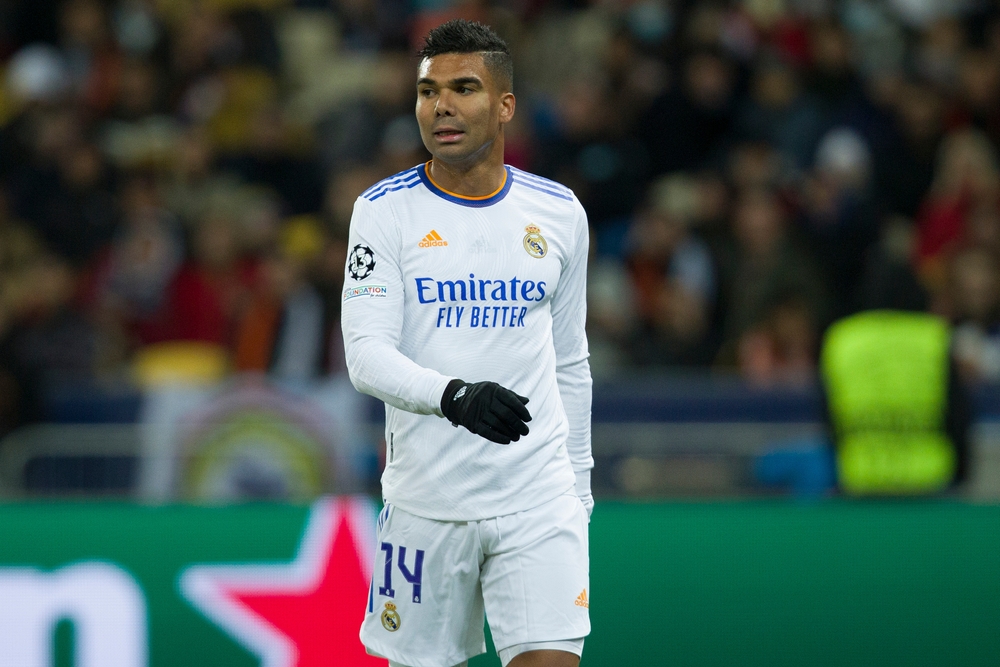
Casemiro’s rise was steady but vital. He brought steel and balance to a star-studded midfield, helping Madrid secure multiple Champions League titles with understated excellence.
43. Arjen Robben – Real Madrid to Bayern Munich (2009)
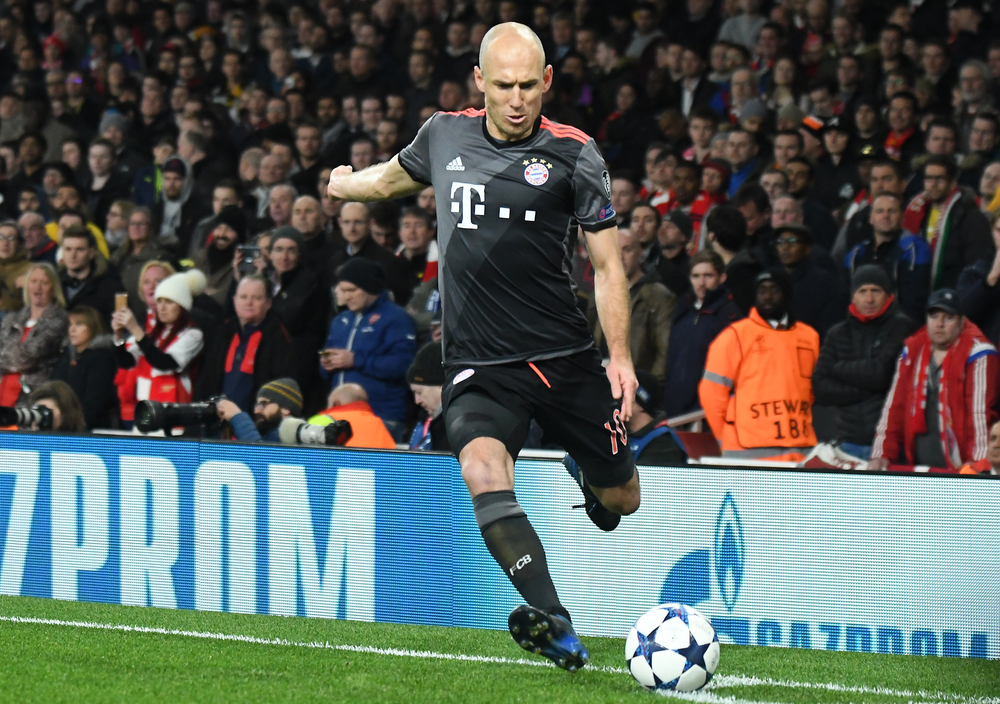
Robben revitalized his career in Germany, becoming a defining player for Bayern Munich. His left-footed cut-in became iconic, and he scored the winner in the 2013 Champions League final.
42. Sergio Agüero – Atlético Madrid to Manchester City (2011)

Agüero became City’s all-time leading scorer and the face of their golden era. His last-minute title-winning goal in 2012 remains one of the most dramatic moments in football history.
41. Manuel Neuer – Schalke to Bayern Munich (2011)

Neuer redefined the goalkeeper role with his sweeping style and distribution. He was instrumental in Bayern’s dominance and Germany’s 2014 World Cup triumph, setting a new standard for modern goalkeeping.
40. David Beckham – Manchester United to Real Madrid (2003)
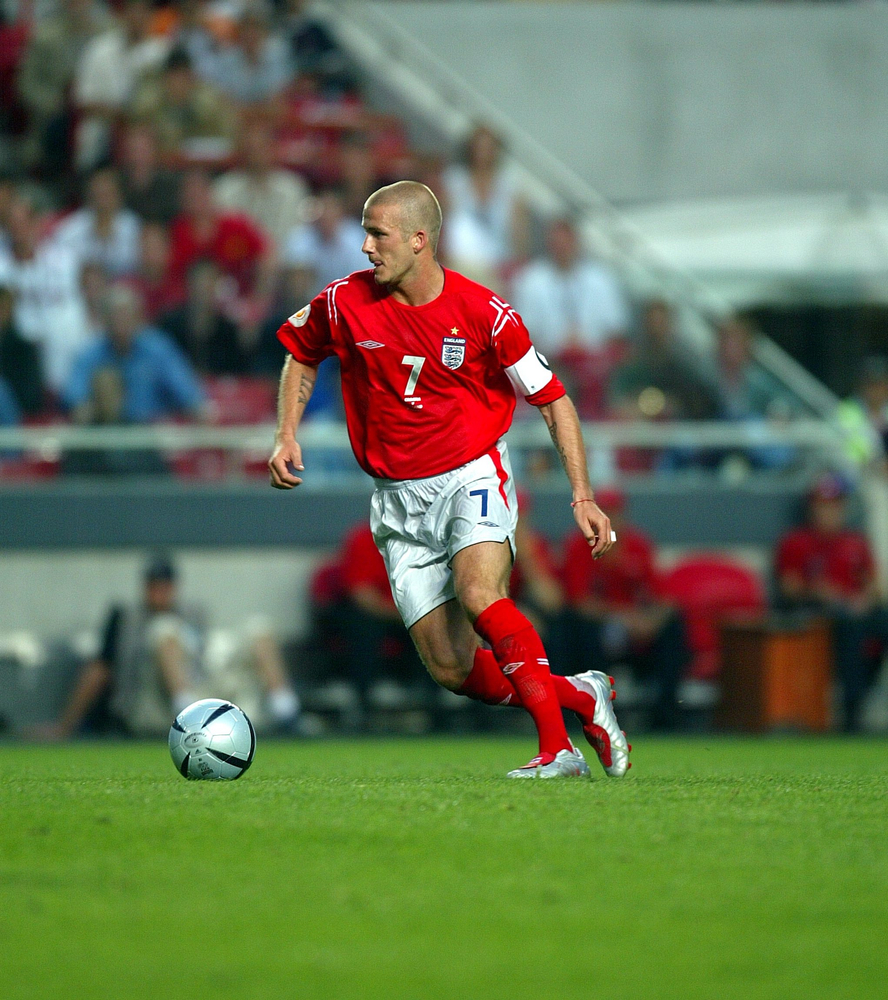
Beckham’s move launched a new era of global football branding. On the pitch, he added quality and set-piece precision; off it, he expanded Real Madrid’s global reach as a Galáctico.
39. Miralem Pjanić – Roma to Juventus (2016)
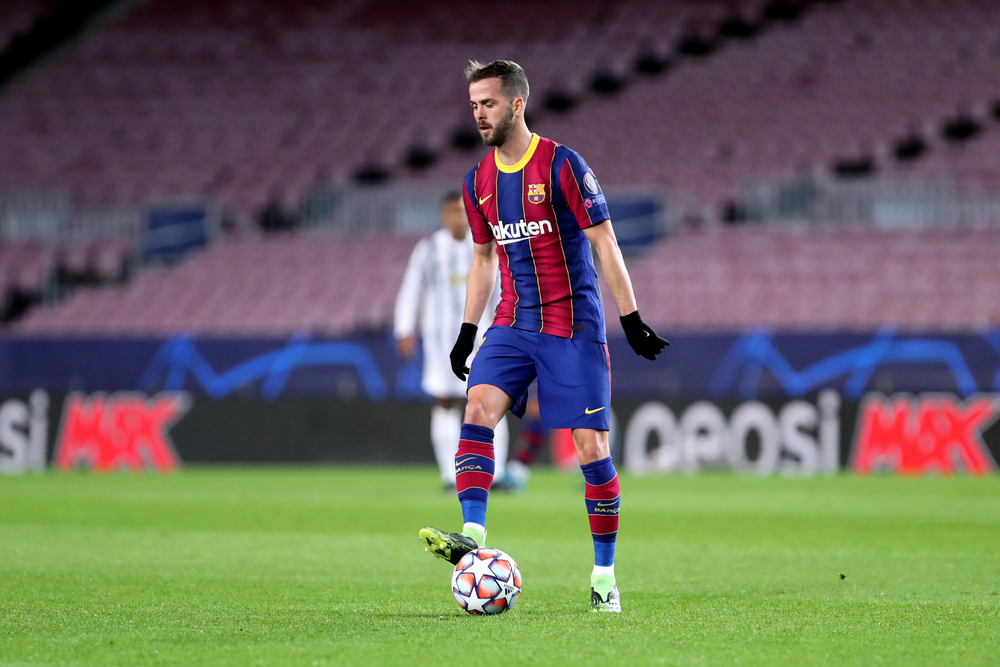
Pjanić gave Juventus control and composure in midfield, succeeding Pirlo with elegance. His passing and free-kick skills made him one of Serie A’s standout midfielders during their domestic reign.
38. Gerard Moreno – Espanyol to Villarreal (2018)
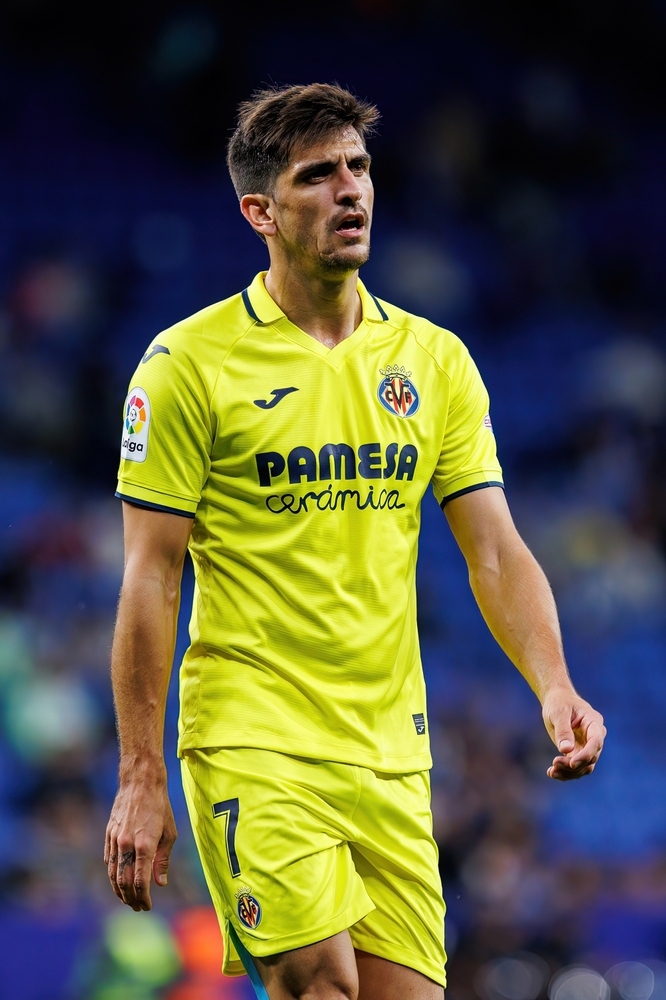
Moreno’s return to Villarreal was a game-changer, leading them to their first major European trophy. His goals and leadership helped define one of the club’s most successful modern periods.
37. Paul Pogba – Juventus to Manchester United (2016)
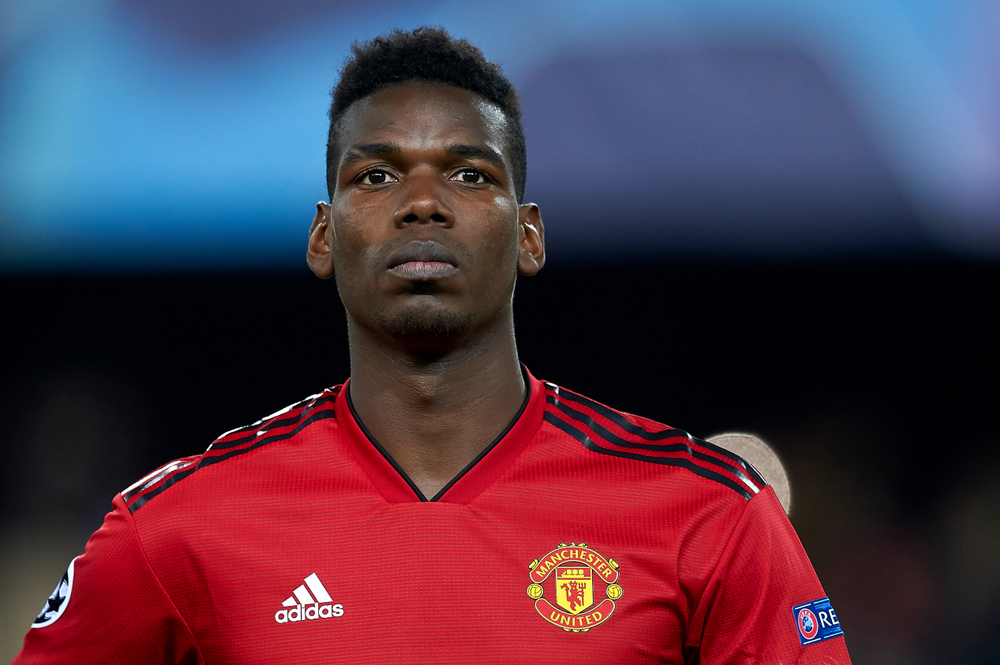
The world-record fee brought high expectations, and while Pogba delivered moments of brilliance, his United career was inconsistent. Nonetheless, his return defined a new era of transfer inflation and media hype.
36. Luka Modrić – Tottenham to Real Madrid (2012)
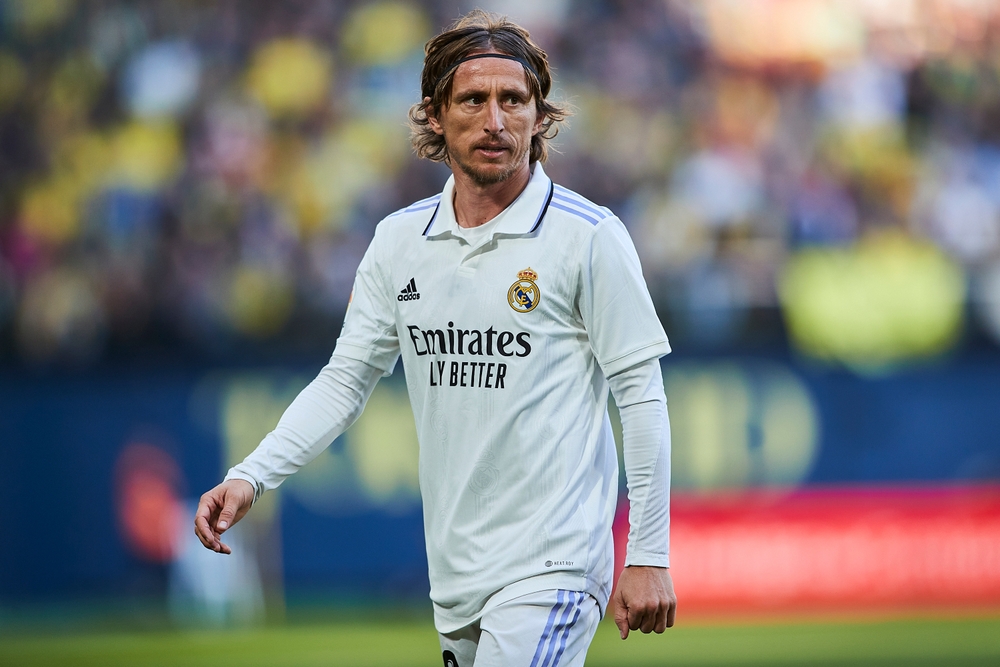
Initially viewed as underwhelming, Modrić went on to become a Ballon d’Or winner and Champions League legend. His vision and control transformed Madrid’s midfield into one of the best in history.
35. Marcelo Brozović – Dinamo Zagreb to Inter Milan (2015)‘

Brozović grew into a deep-lying playmaker and unsung hero for Inter’s title-winning side. His tactical discipline and work rate underpinned their midfield for years.
34. Robin van Persie – Arsenal to Manchester United (2012)
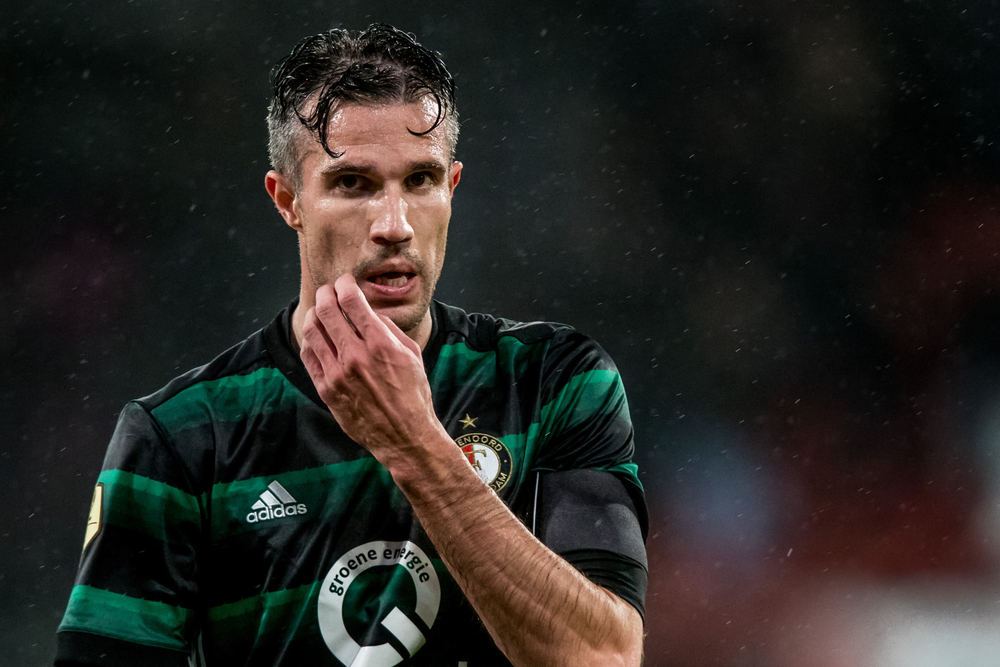
RVP’s move was decisive in securing Sir Alex Ferguson’s final Premier League title. His goals and leadership were crucial, and he proved to be the final piece of the puzzle.
33. Bastian Schweinsteiger – Bayern Munich to Manchester United (2015)
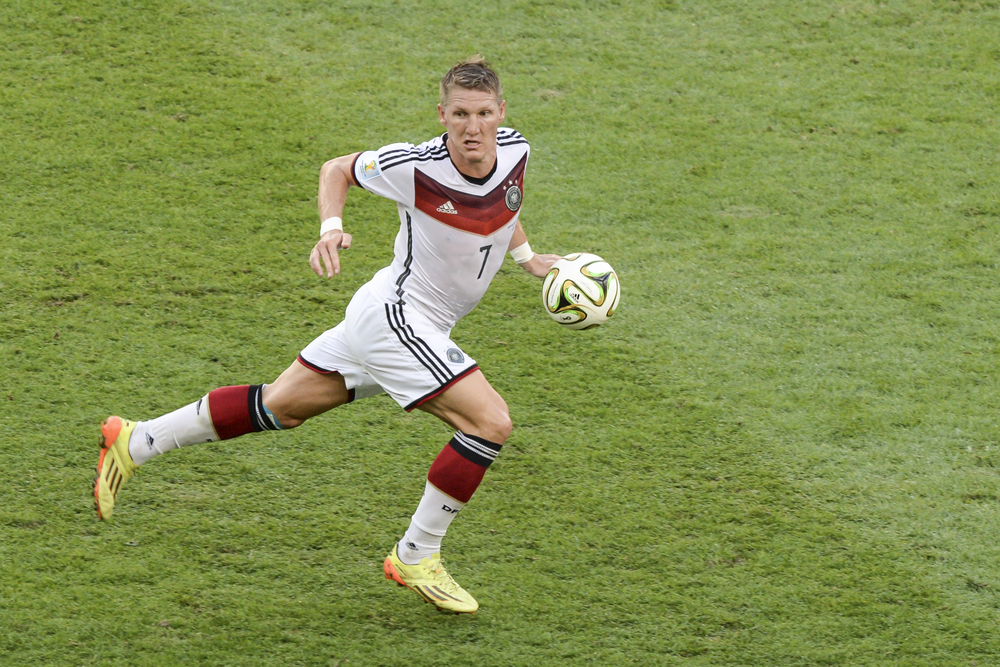
Though his time at United was short, the transfer marked the end of an era for Bayern. Schweinsteiger’s influence as a leader and legend resonated beyond the pitch.
32. Antoine Griezmann – Atlético Madrid to Barcelona (2019)
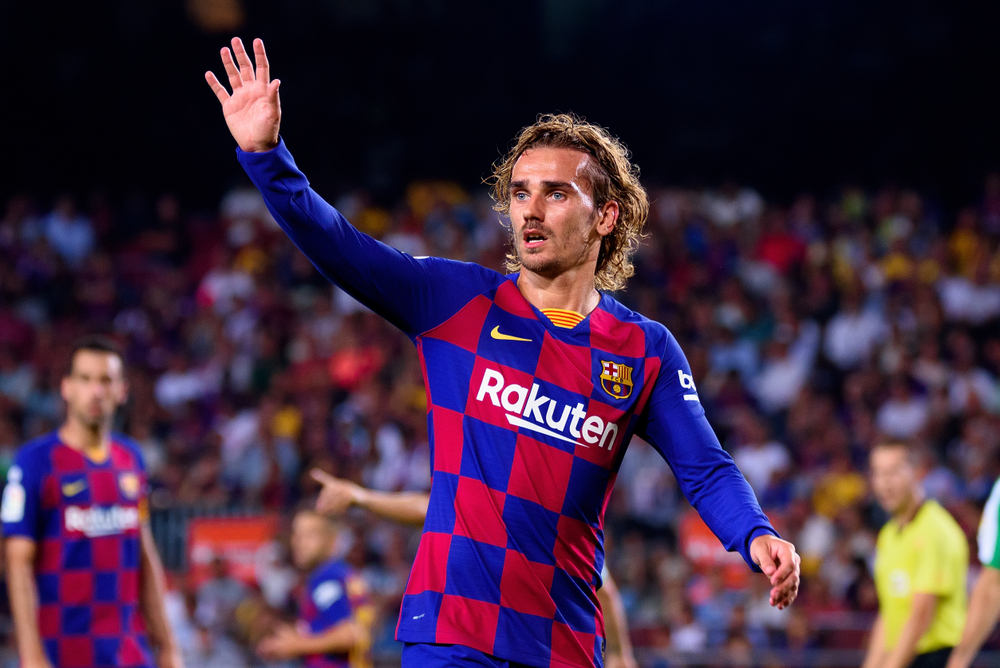
The high-profile transfer never quite clicked, but Griezmann’s individual quality still shone through. His return to Atlético helped restore his form and the club’s cohesion.
31. Carlos Tévez – Manchester United to Manchester City (2009)
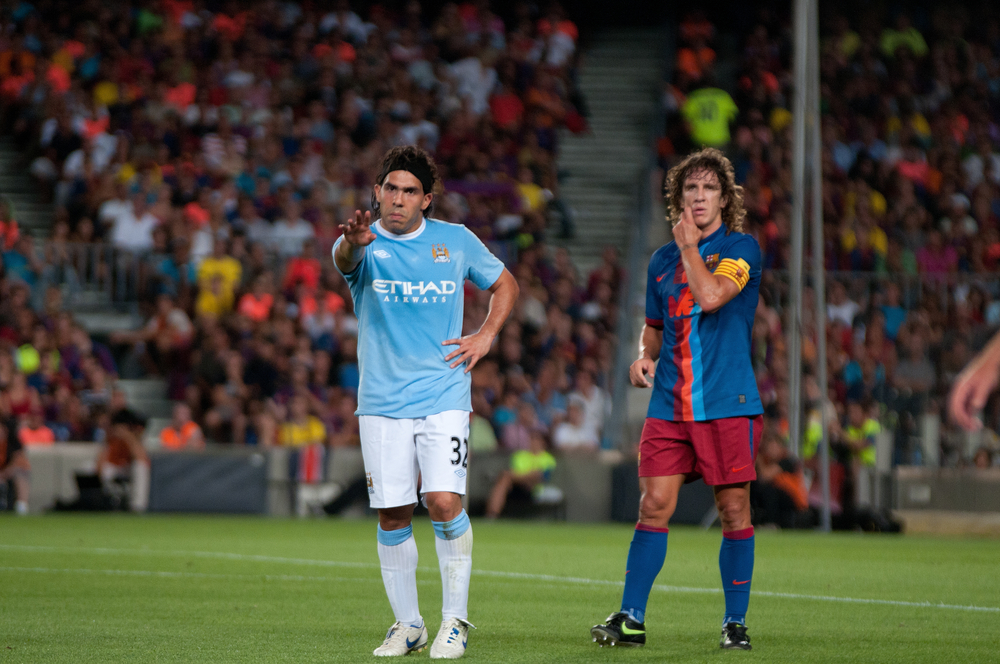
Switching sides in Manchester’s football war, Tévez became a face of City’s new project. His goals, work rate, and attitude played a major role in shifting power to the blue side.
30. Harry Kane – Tottenham to Bayern Munich (2023)
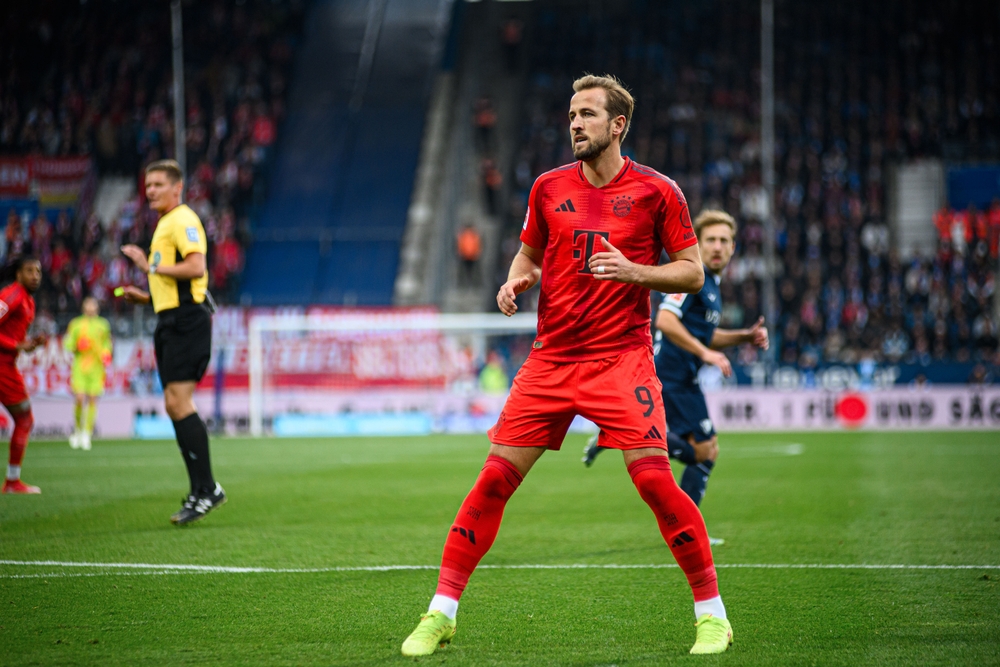
After years of speculation, Kane finally left Spurs and made an immediate impact at Bayern. Though the club fell short domestically, his individual brilliance in front of goal was undeniable.
29. Wesley Fofana – Saint-Étienne to Leicester City (2020)

At just 19, Fofana became a defensive revelation in the Premier League. His maturity, composure, and athleticism made him one of the most exciting defensive prospects in Europe.
28. Paulo Dybala – Palermo to Juventus (2015)
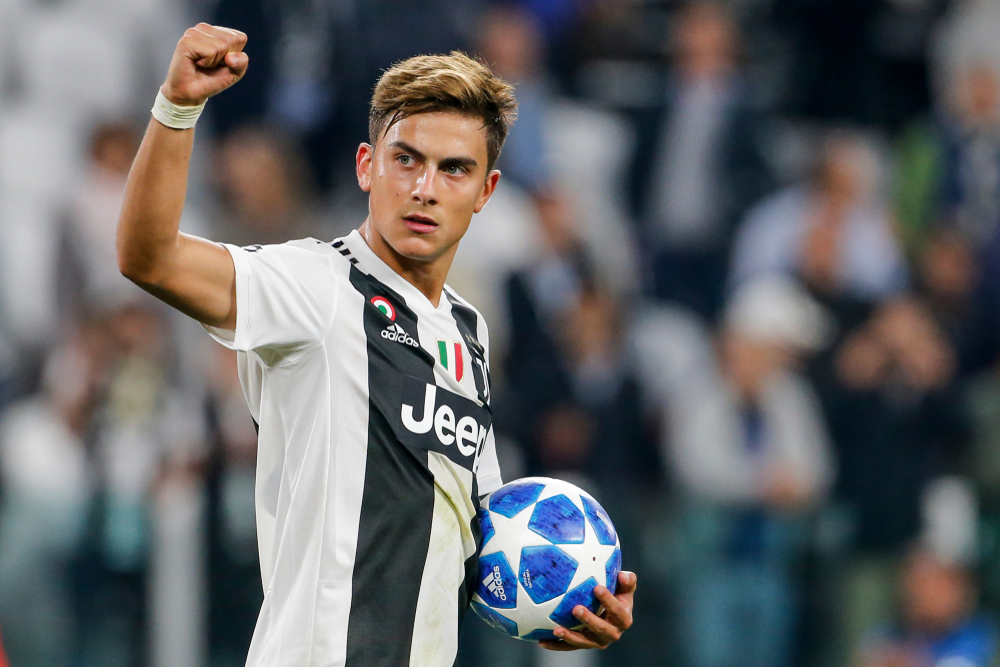
Dybala emerged as the creative heartbeat of Juventus in a post-Pirlo era. His flair, vision, and goals helped the club maintain its grip on Serie A and remain competitive in Europe.
27. Ilkay Gündoğan – Borussia Dortmund to Manchester City (2016)

Pep Guardiola’s first signing, Gündoğan became a tactical cornerstone. Whether dictating tempo or scoring crucial goals, he consistently delivered across City’s treble-winning era.
26. Erling Haaland – Borussia Dortmund to Manchester City (2022)

Haaland’s impact was instant and historic, breaking Premier League scoring records in his debut season. His physical dominance and clinical finishing redefined the No. 9 role at an elite level.
25. Fabinho – Monaco to Liverpool (2018)
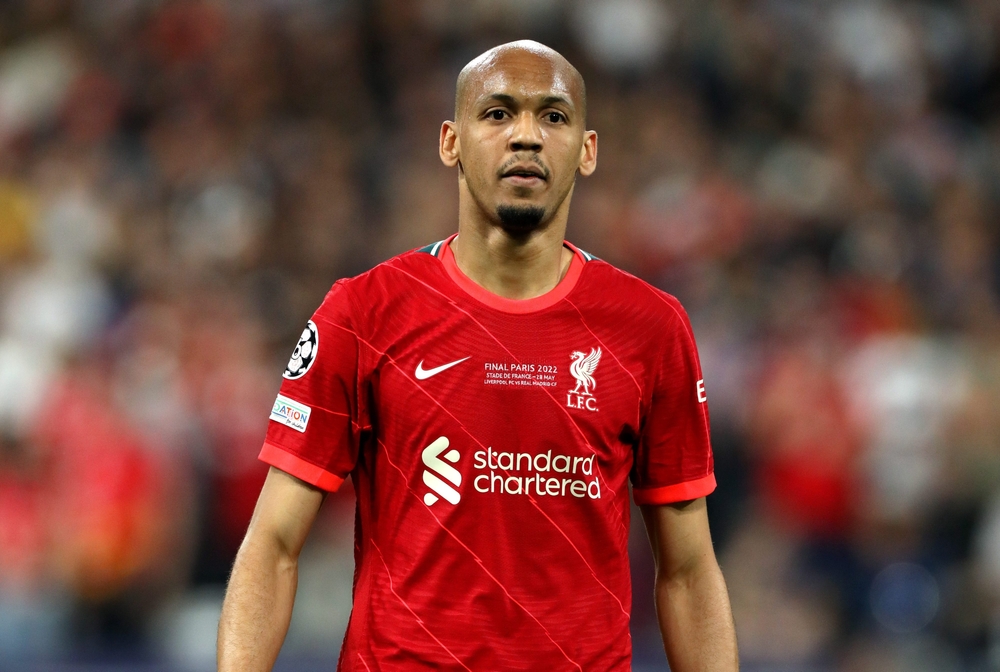
After a slow start, Fabinho became the defensive midfielder Liverpool had lacked for years. His positioning, strength, and reading of the game were key in their Premier League and Champions League wins.
24. Xabi Alonso – Real Sociedad to Liverpool (2004)
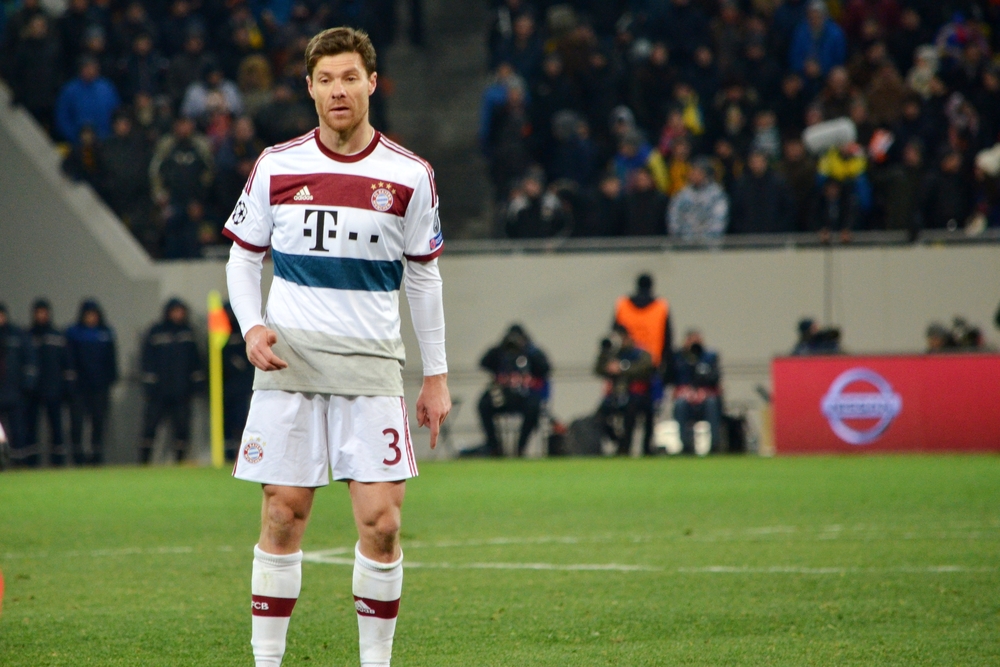
Alonso’s arrival brought elegance and intelligence to Liverpool’s midfield. He played a vital role in their 2005 Champions League comeback and later succeeded at Real Madrid and Bayern Munich.
23. N’Golo Kanté – Leicester City to Chelsea (2016)
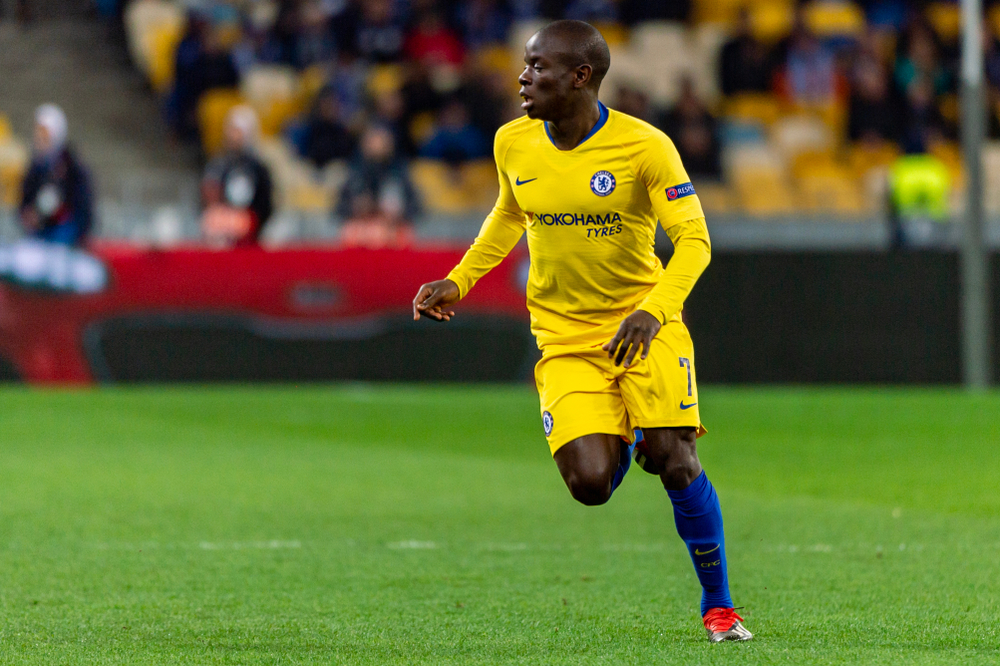
Fresh off a title-winning season, Kanté repeated the feat at Chelsea and won the PFA Player of the Year. His tireless energy and intelligence made him one of the most admired midfielders of the era.
22. Ronaldinho – Paris Saint-Germain to Barcelona (2003)
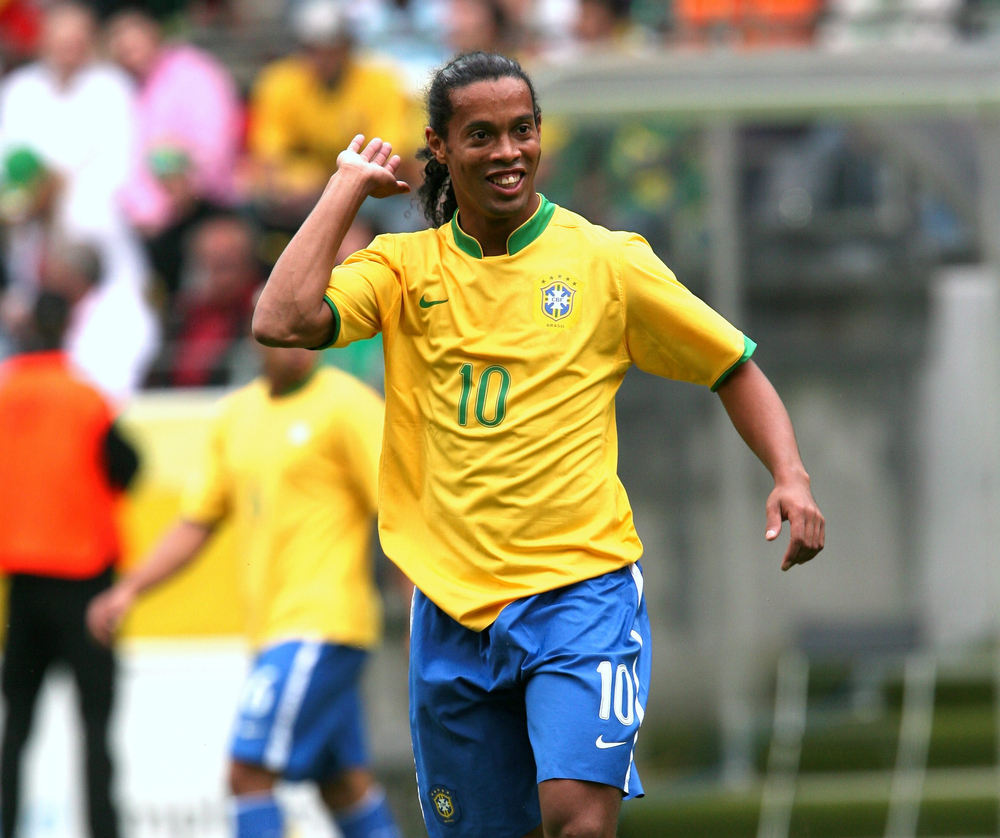
Ronaldinho didn’t just win trophies—he redefined joy in football. His dazzling skill, creativity, and charisma reignited Barcelona’s global identity and inspired a new generation.
21. Gareth Bale – Tottenham to Real Madrid (2013)
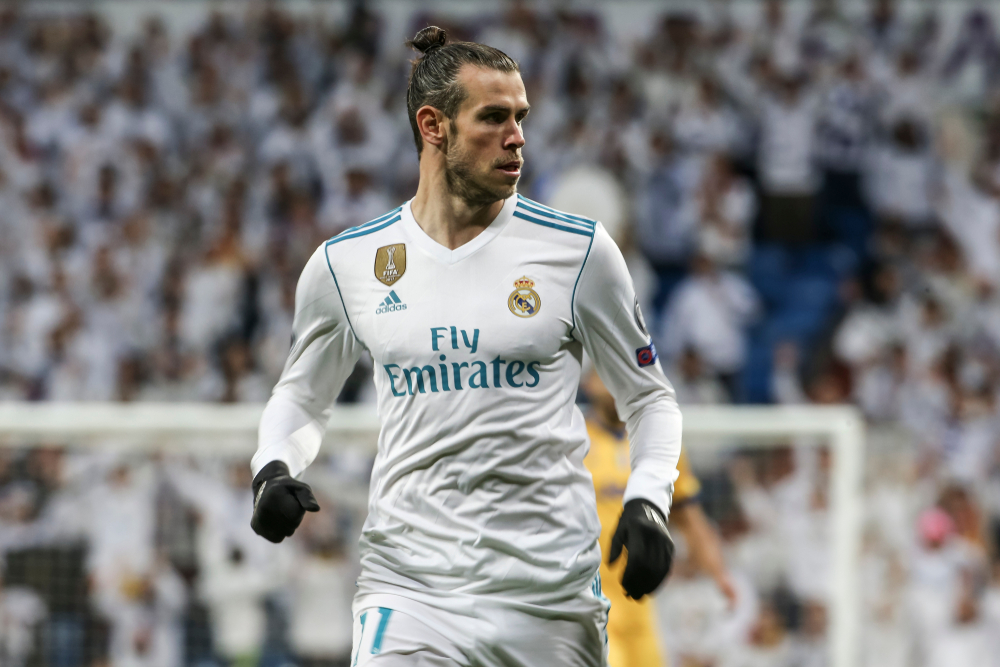
One of the most expensive signings of all time, Bale delivered in crucial moments, including multiple Champions League finals. Despite injury setbacks, he helped define an era of Galáctico dominance.
20. Raphael Varane – Lens to Real Madrid (2011)
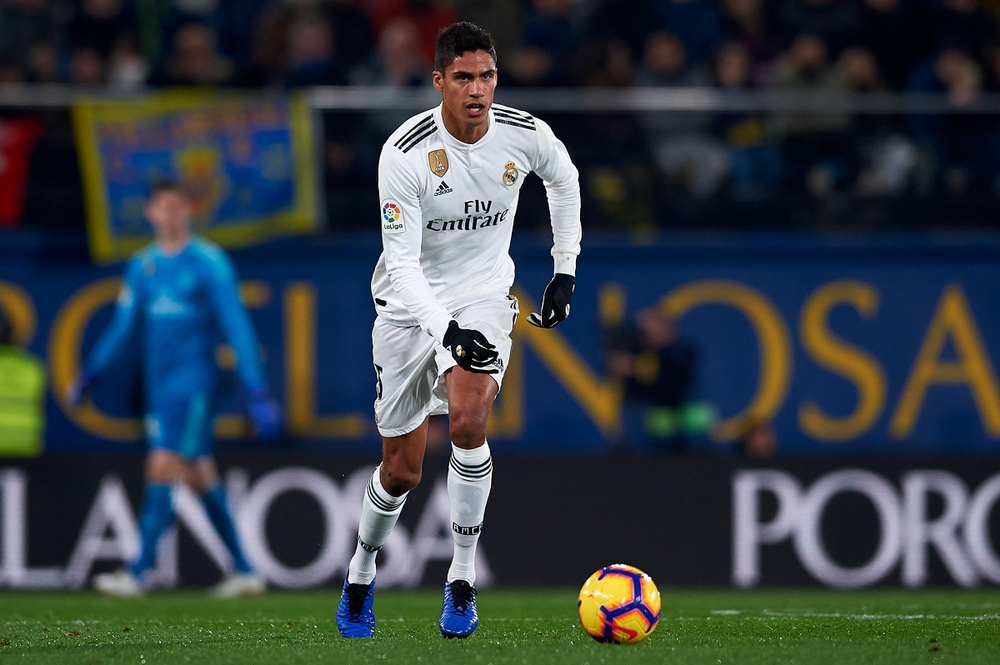
Signed at just 18, Varane developed into one of Europe’s most reliable defenders. Calm, composed, and tactically sharp, he played a pivotal role in Madrid’s four Champions League titles during his tenure.
19. Andrew Robertson – Hull City to Liverpool (2017)

An £8 million signing, Robertson became one of the best left-backs in the world. His tireless running, pinpoint crossing, and mentality were instrumental in Liverpool’s domestic and European triumphs.
18. Karim Benzema – Lyon to Real Madrid (2009)

Initially overshadowed by other Galácticos, Benzema evolved into a complete striker. His leadership and goals in the post-Ronaldo era culminated in a Ballon d’Or and another Champions League trophy.
17. Xavi Hernández – Barcelona youth to first team (1998, peak from 2000s)
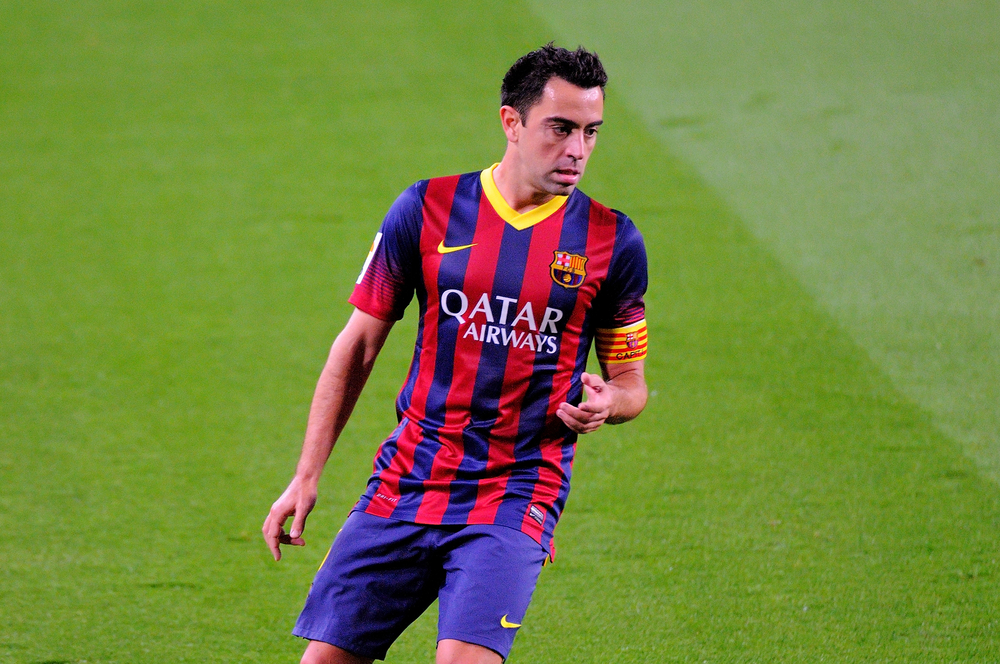
Though promoted before 2000, Xavi’s influence was greatest in the 21st century. He was the metronome of the tiki-taka era, dictating play with unmatched intelligence and precision.
16. Robert Lewandowski – Borussia Dortmund to Bayern Munich (2014)
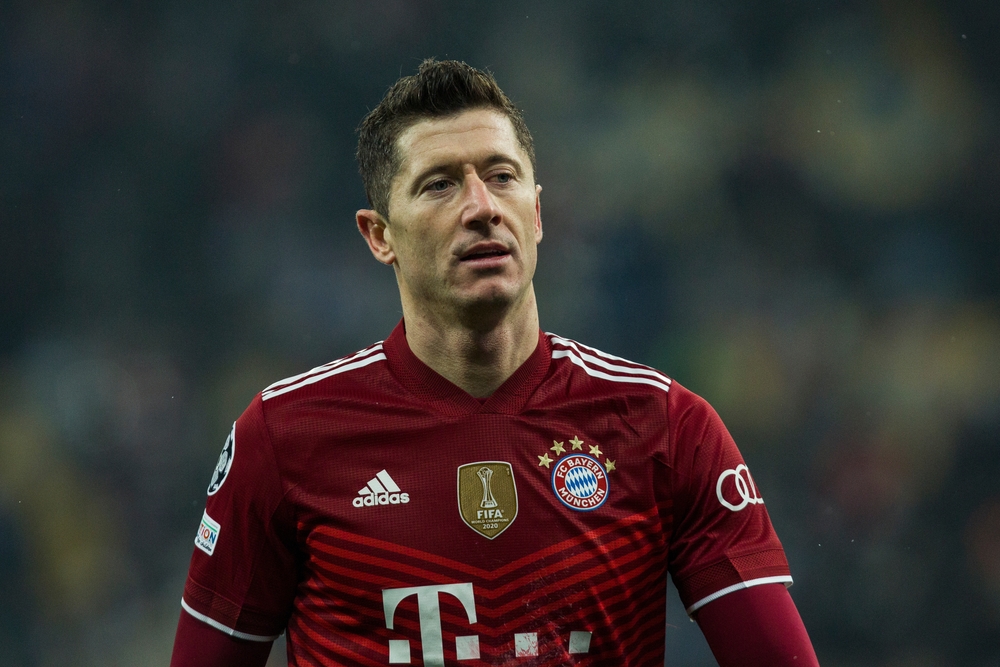
Lewandowski joined Bayern on a free and became their all-time foreign top scorer. He dominated the Bundesliga, set scoring records, and was the focal point in their 2020 treble-winning campaign.
15. Kevin De Bruyne – Wolfsburg to Manchester City (2015)
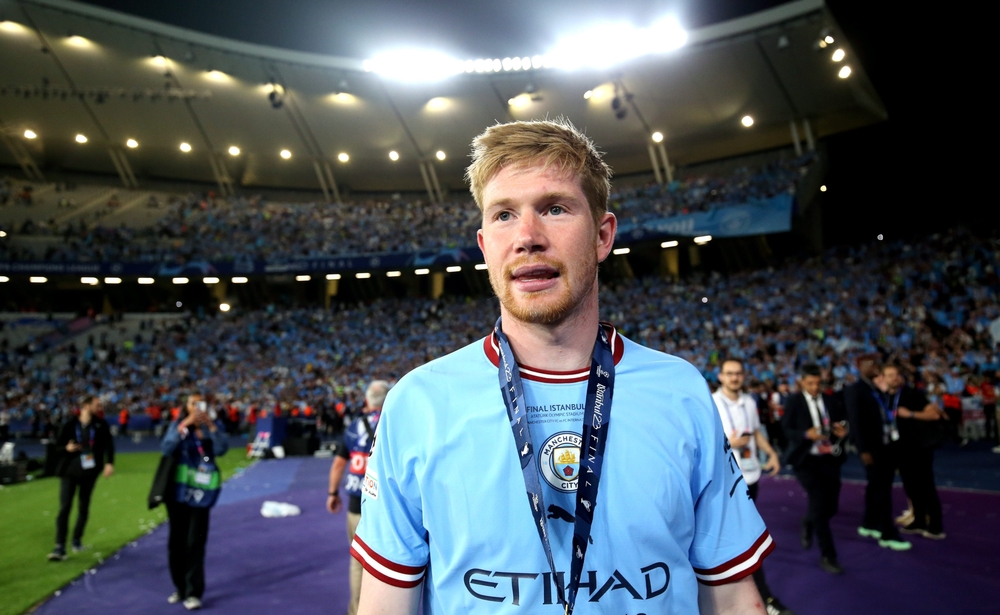
De Bruyne became the heartbeat of Guardiola’s Manchester City, combining vision, power, and versatility. His creative output has consistently set him apart as the Premier League’s finest midfielder.
14. Sergio Ramos – Sevilla to Real Madrid (2005)

Ramos became the embodiment of Real Madrid’s competitive spirit. Known for his goals, leadership, and aggression, he captained the side to multiple Champions League and La Liga titles.
13. Alisson Becker – Roma to Liverpool (2018)

Liverpool’s leap to European and domestic glory coincided with Alisson’s arrival. His composure, reflexes, and ball-playing ability finally solved the club’s long-standing goalkeeper problem.
12. Wayne Rooney – Everton to Manchester United (2004)
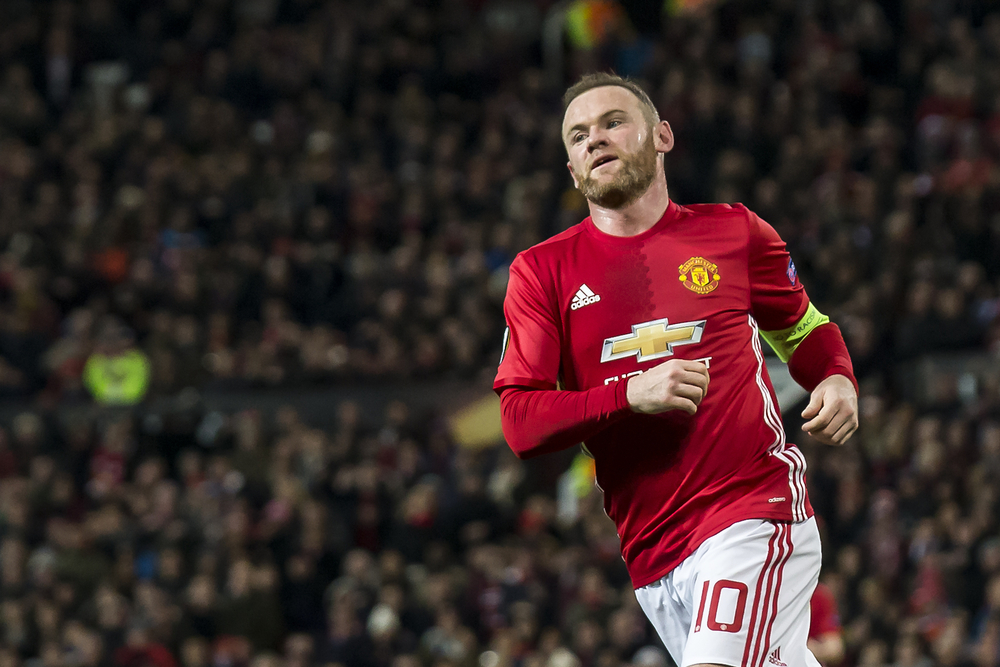
A teenage prodigy, Rooney matured into United’s all-time leading scorer. He was instrumental in five Premier League titles, a Champions League win, and a legacy built on grit and brilliance.
11. Ronald Koeman – Managerial move from Southampton to Everton (2016)
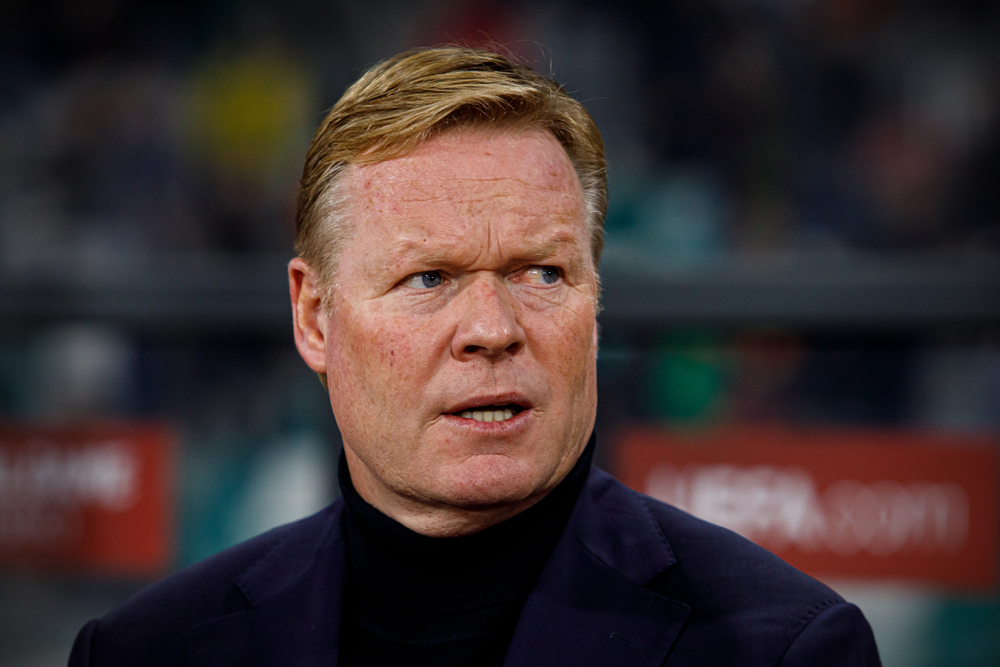
While not a player transfer, Koeman’s controversial move signaled a shift in managerial influence. Though his spell at Everton was mixed, it reflected the growing weight of managerial transfers in football’s evolution.
10. Mohamed Salah – Roma to Liverpool (2017)

Salah’s pace, precision, and relentless attacking output propelled Liverpool back to the top of European football. A fan favorite and modern legend, he was central to their Champions League and Premier League wins.
9. Virgil van Dijk – Southampton to Liverpool (2018)
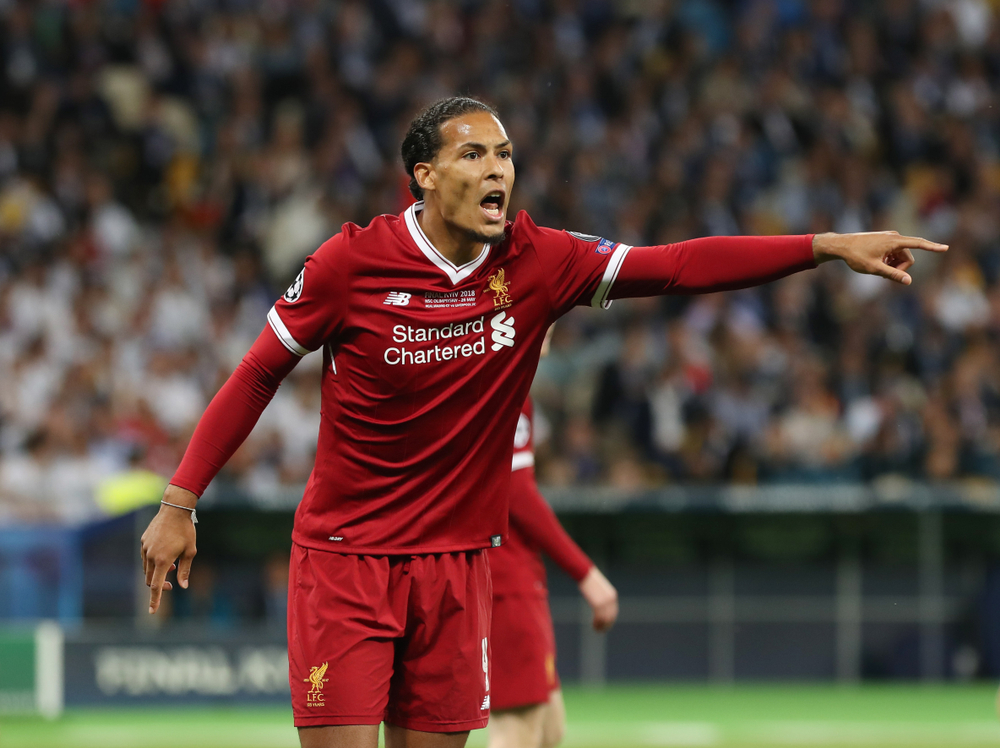
This record-breaking defender completely transformed Liverpool’s defense. His leadership, aerial dominance, and calm presence at the back turned them into a title-winning force.
8. Kylian Mbappé – Monaco to Paris Saint-Germain (2018)
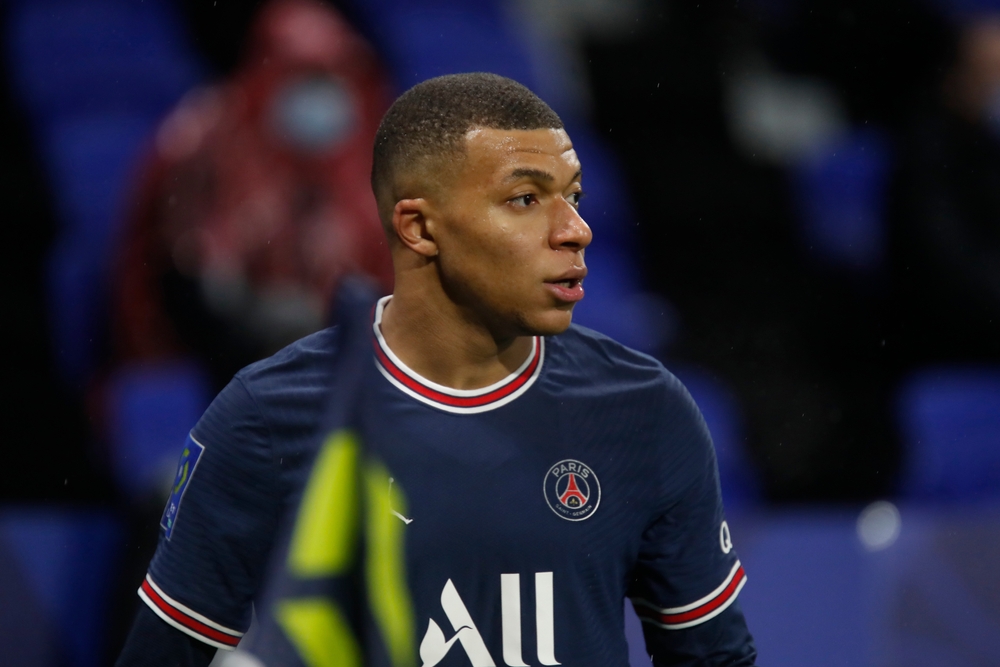
The most expensive teenager in history, Mbappé quickly justified the investment. A World Cup winner, Ligue 1 top scorer, and poster boy for PSG’s global ambitions, he’s become one of the game’s defining figures.
7. Luis Suárez – Liverpool to Barcelona (2014)
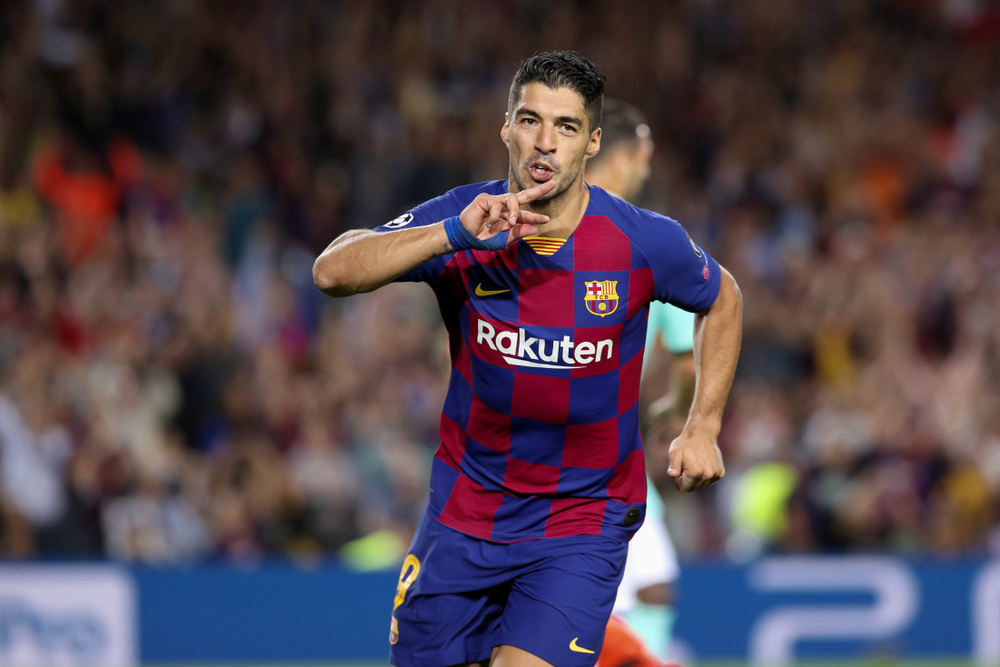
Suárez slotted perfectly into the famed MSN trio, helping Barça win a treble in his first season. His relentless energy, goalscoring, and technical brilliance made him one of the best strikers of his era.
6. Zinedine Zidane – Juventus to Real Madrid (2001)

Then the most expensive player in history, Zidane’s transfer epitomized the Galáctico era. His unforgettable volley in the 2002 Champions League final sealed his legacy and boosted Real Madrid’s global aura.
5. Lionel Messi – Barcelona to Paris Saint-Germain (2021)
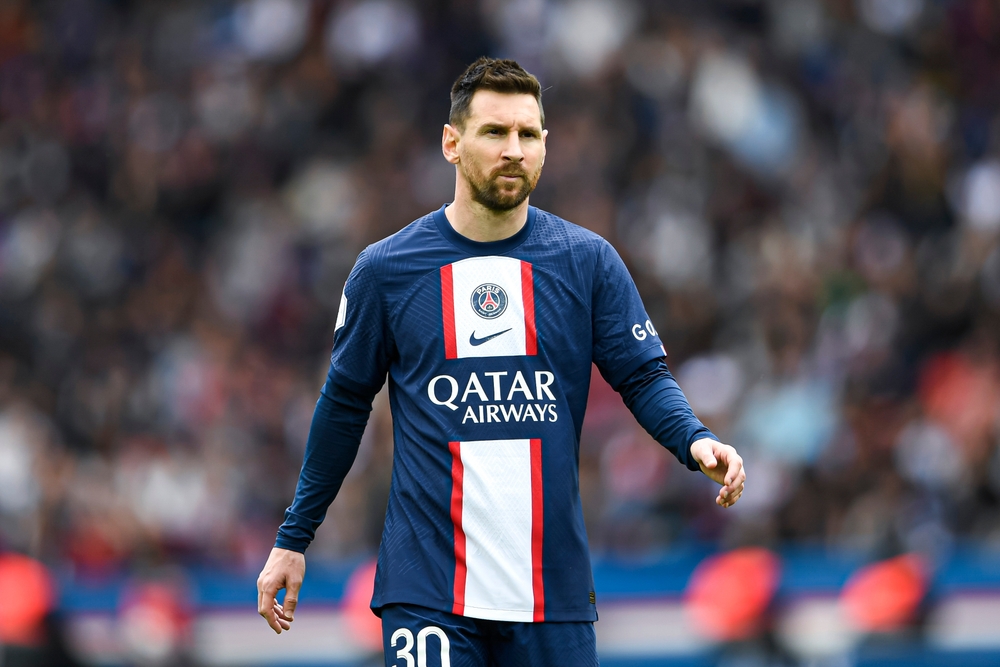
Though a free transfer, Messi’s move shocked the football world. While his on-pitch impact at PSG was solid, the cultural, emotional, and commercial ramifications were seismic.
4. Cristiano Ronaldo – Real Madrid to Juventus (2018)
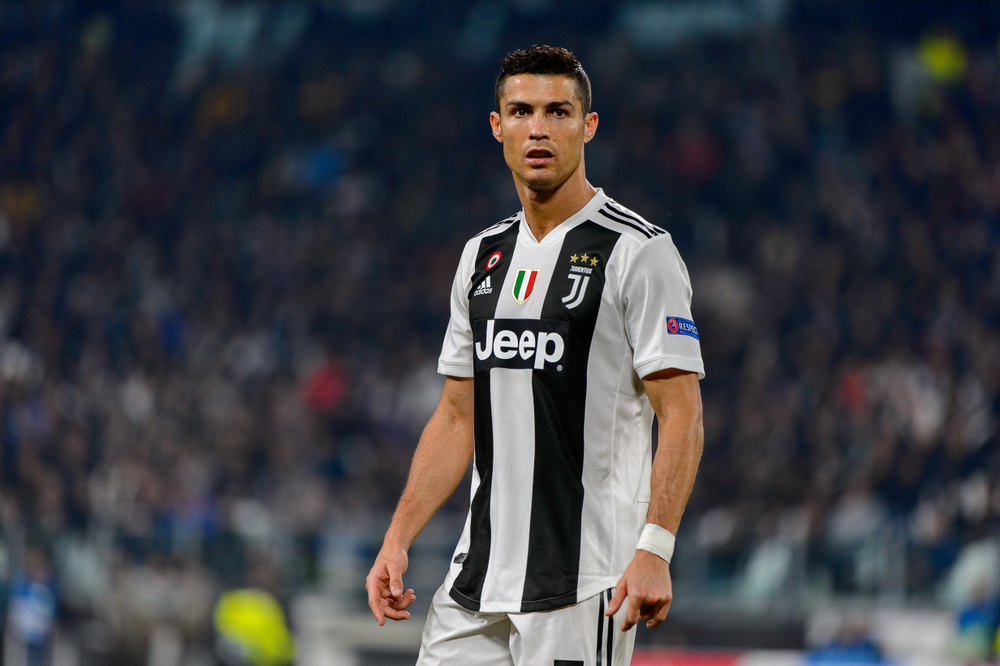
At 33, Ronaldo made a €100m move and delivered goals, titles, and global relevance to Juve. His presence brought commercial power and kept the club competitive domestically and in Europe.
3. Neymar – Barcelona to Paris Saint-Germain (2017)
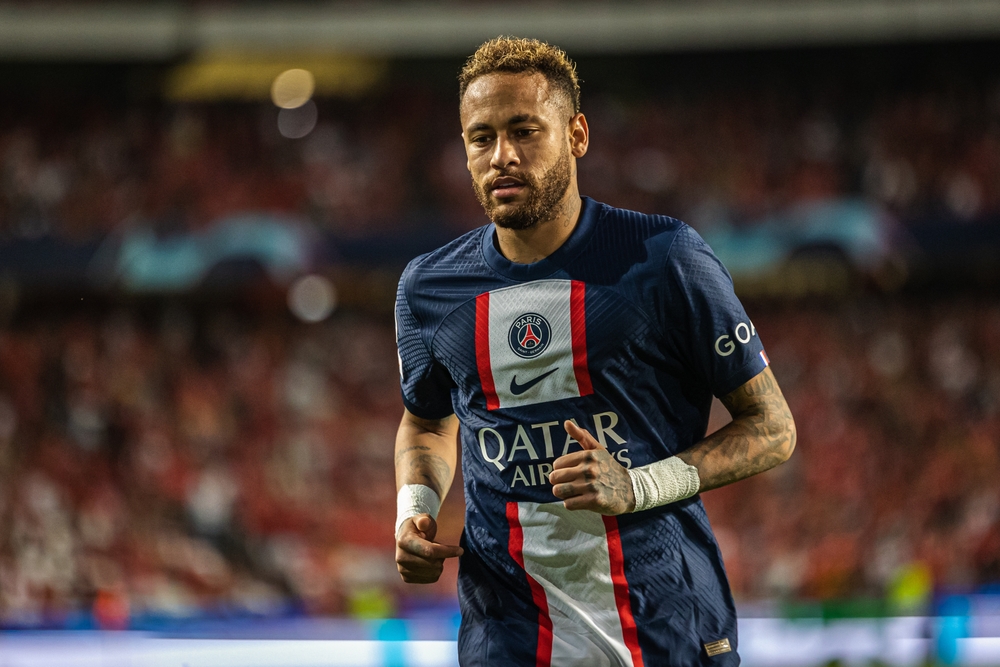
The world-record €222m deal changed football economics forever. Neymar boosted PSG’s brand immensely and helped the club reach new sporting and commercial heights, despite injury frustrations.
2. Cristiano Ronaldo – Manchester United to Real Madrid (2009)
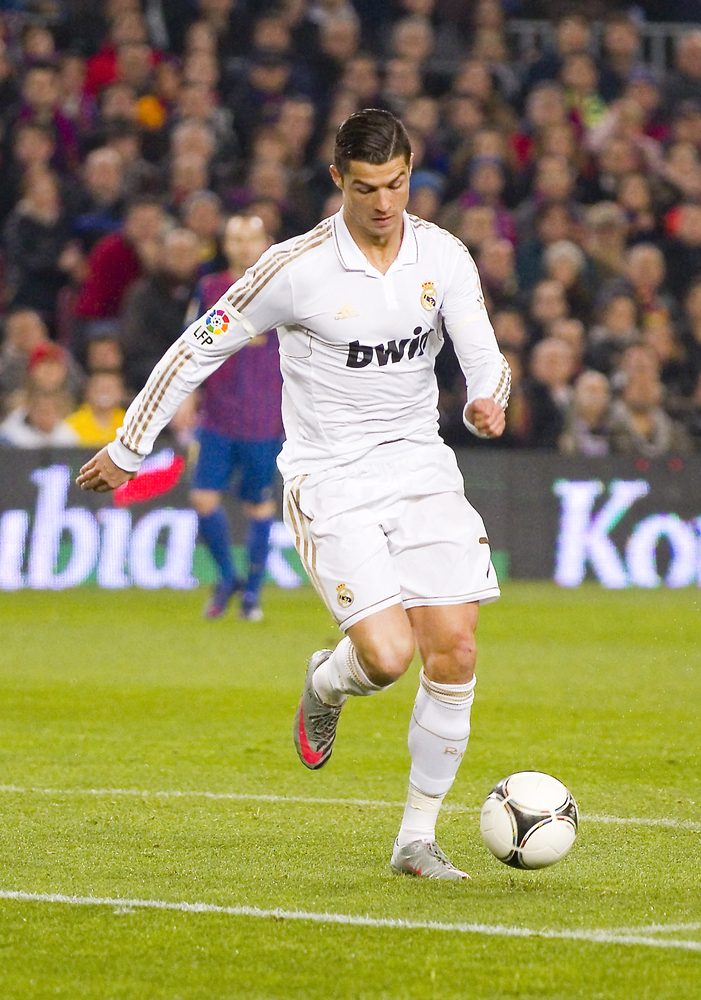
The most iconic transfer of the century in terms of global impact. Four Champions League titles, countless goals, and five Ballon d’Ors later, Ronaldo became the face of Real Madrid’s modern era.
1. Lionel Messi – La Masia to Barcelona First Team (2004)
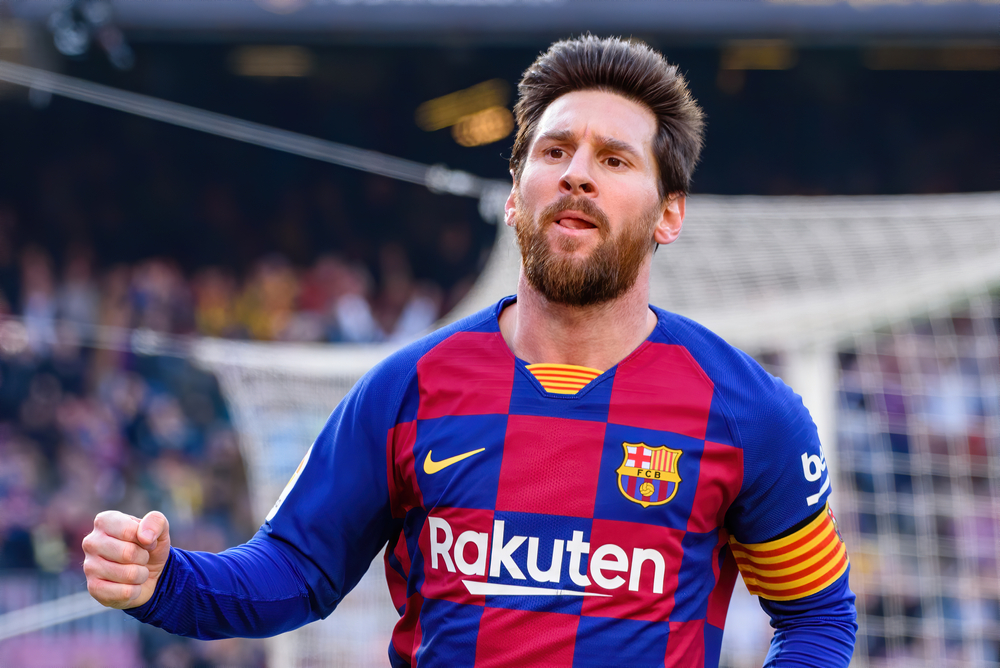
More than a transfer — a football revolution. Messi grew from a boy with growth hormone issues to the greatest player of all time, winning four Champions Leagues and ten La Liga titles while redefining what was possible on a pitch.

